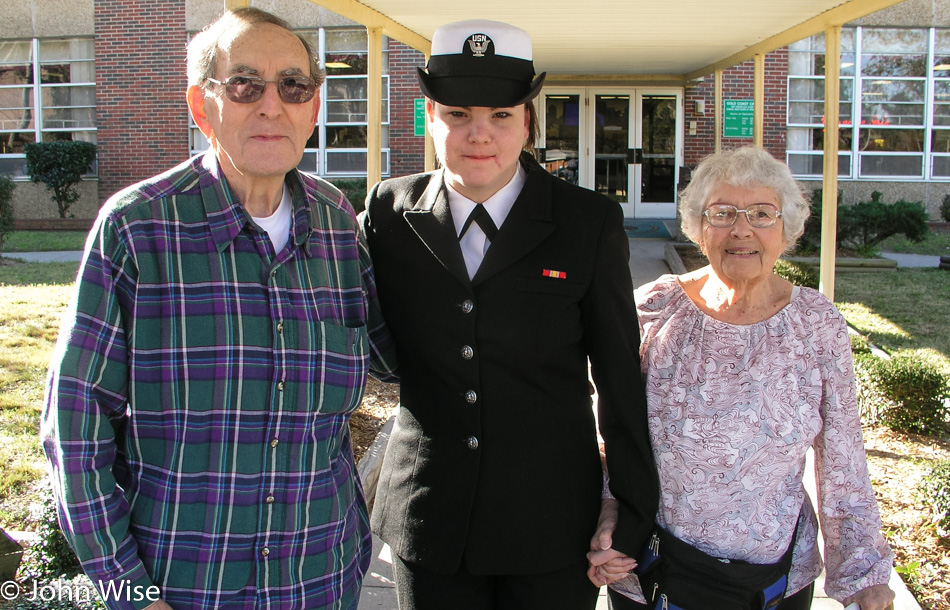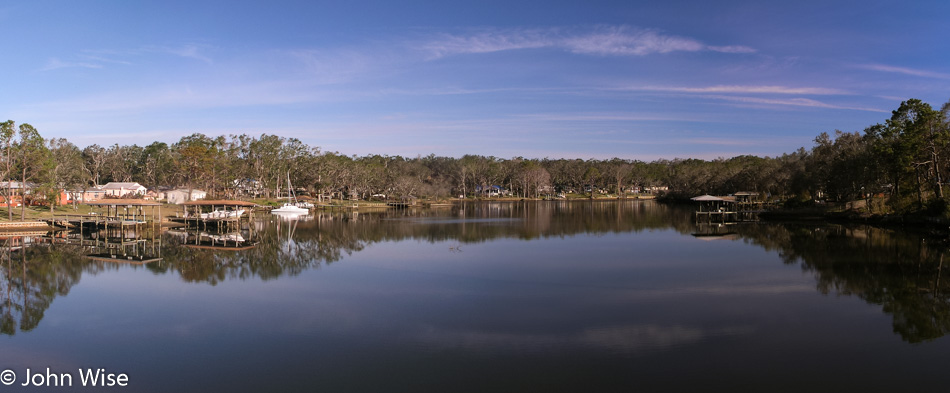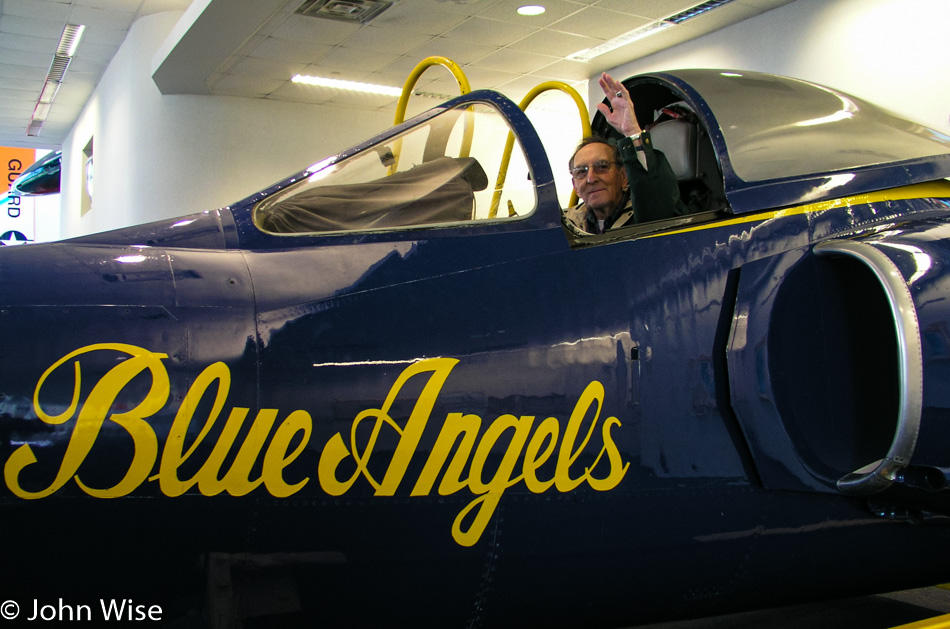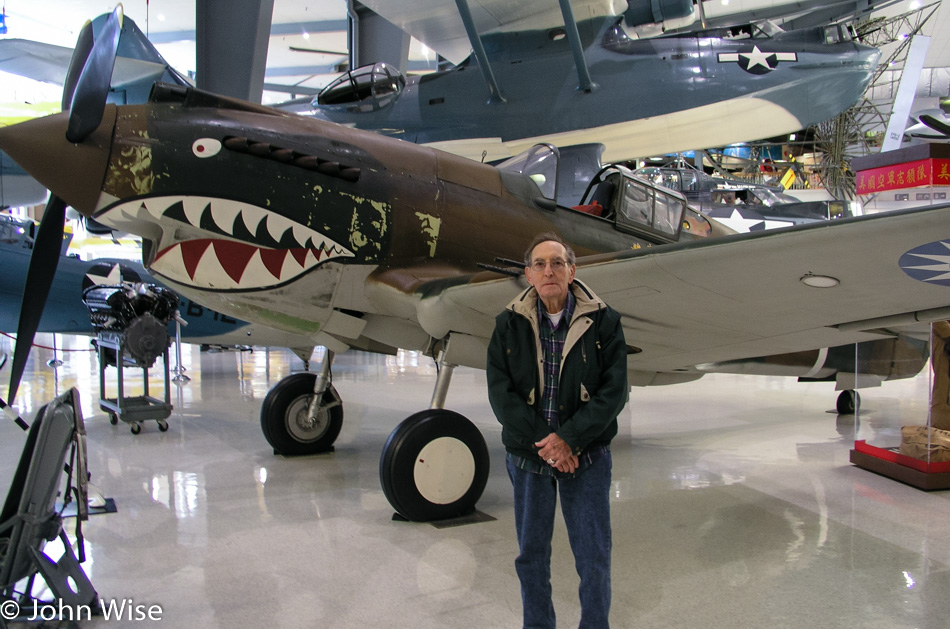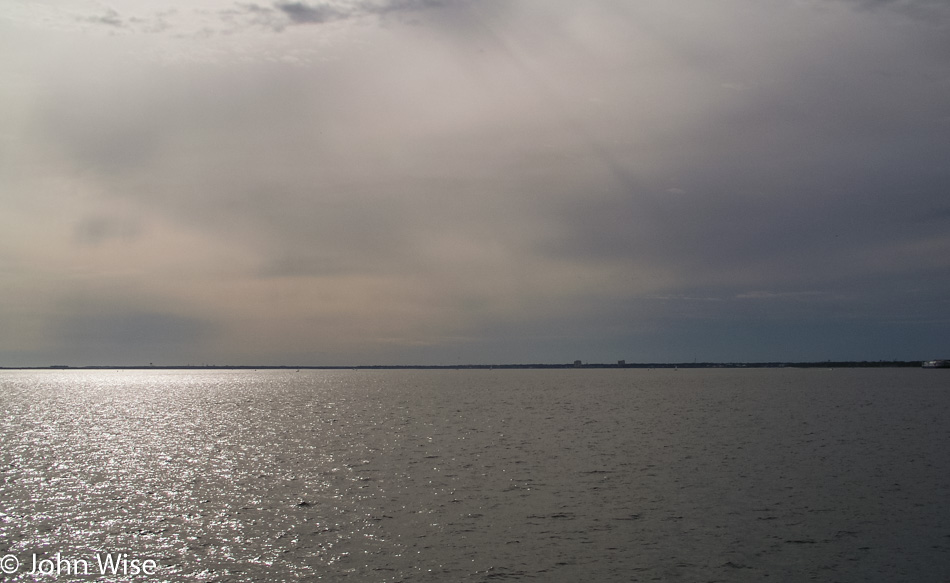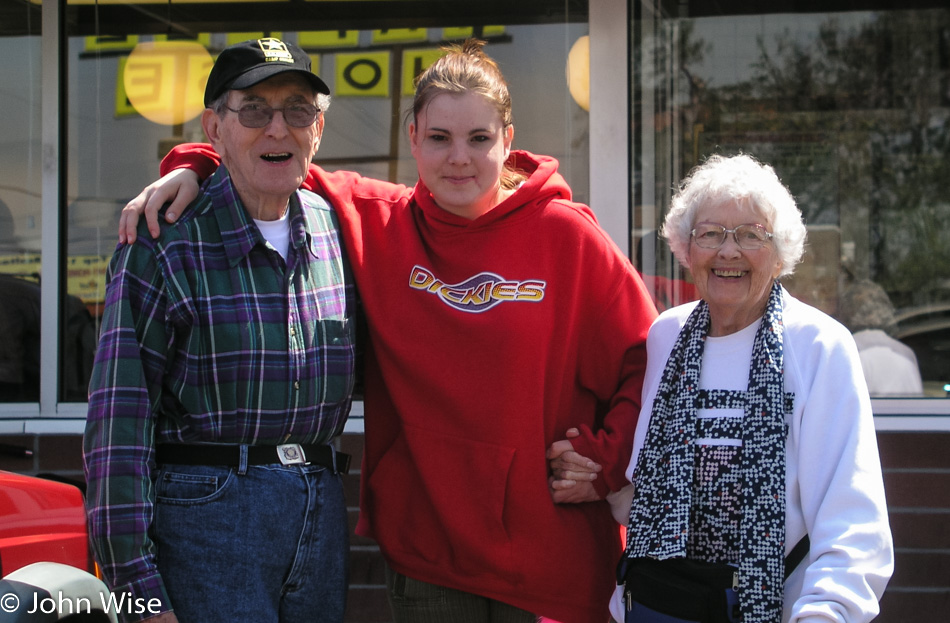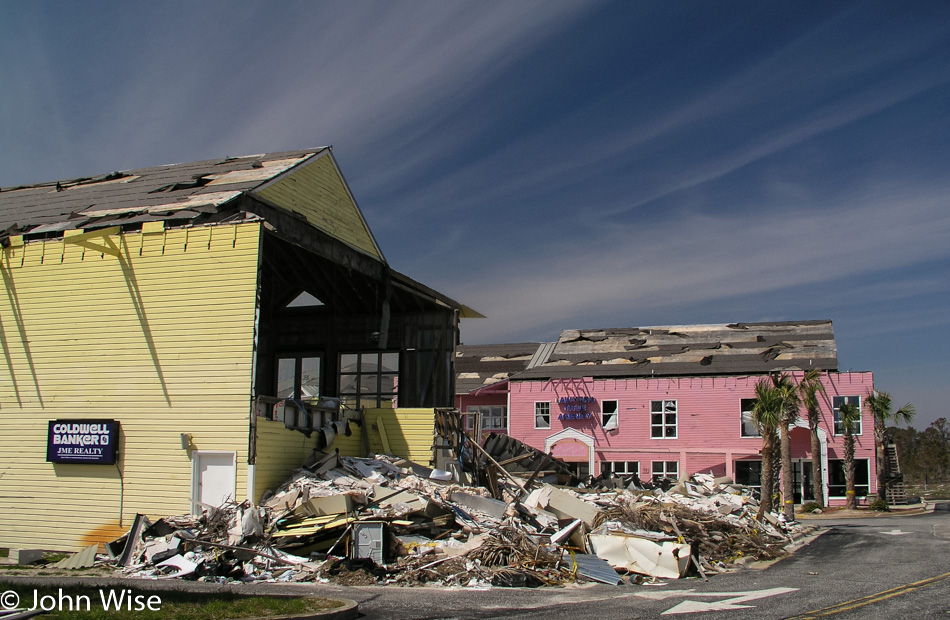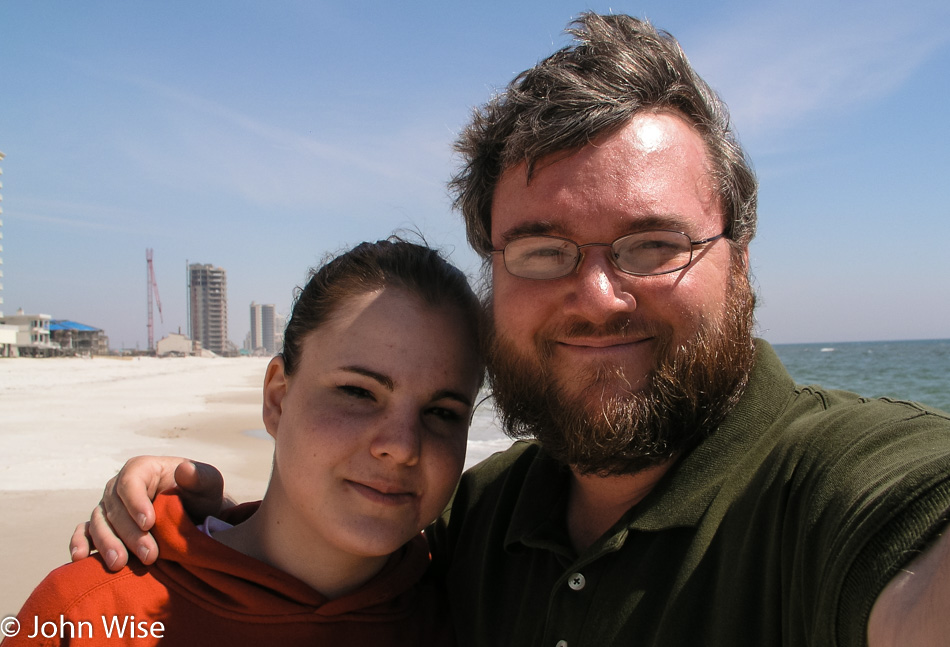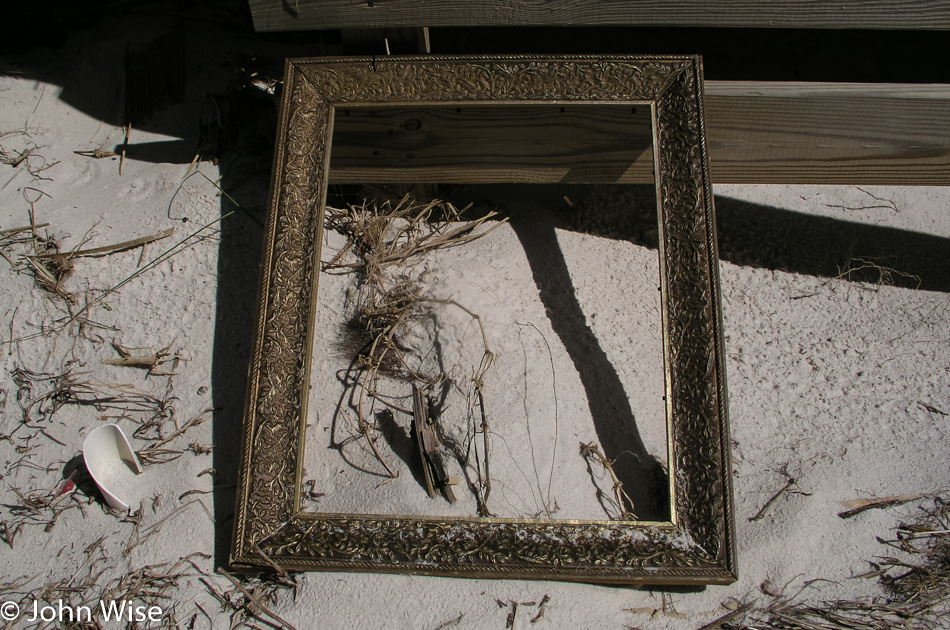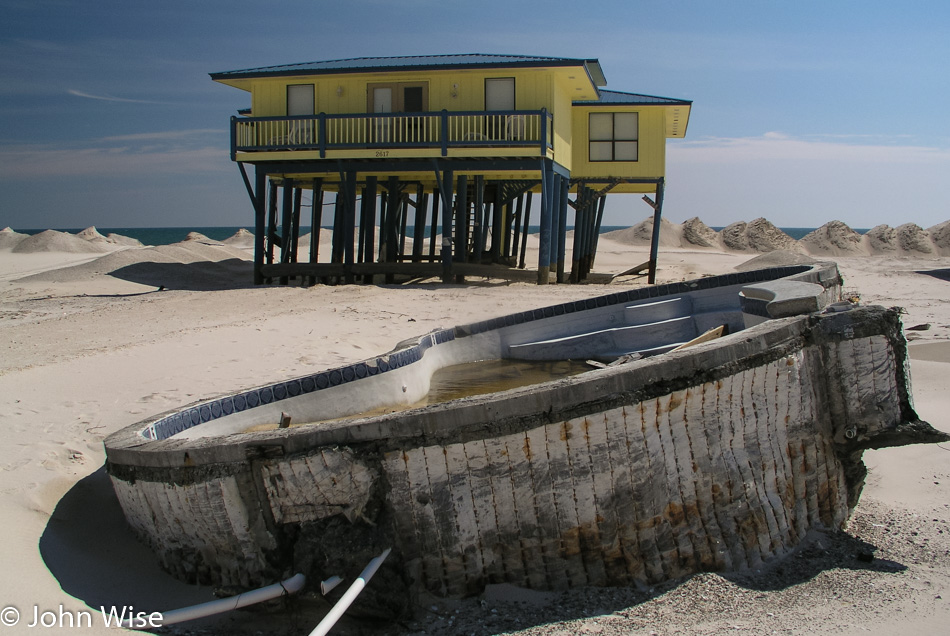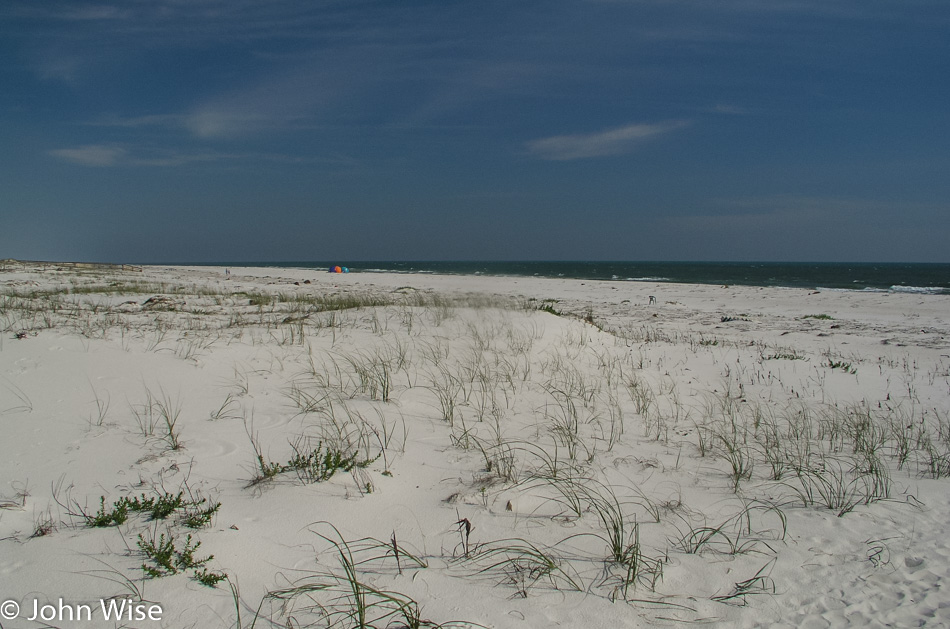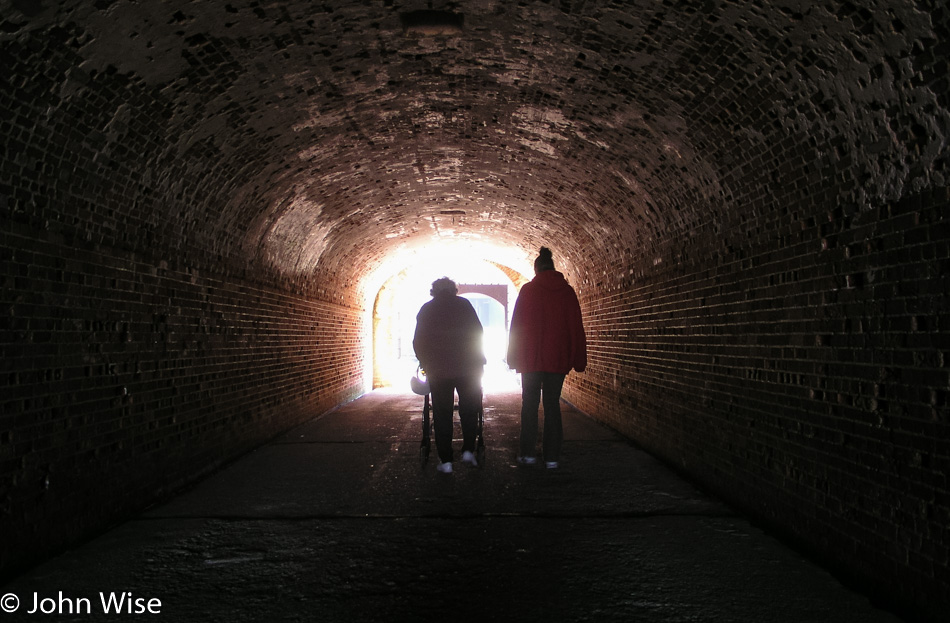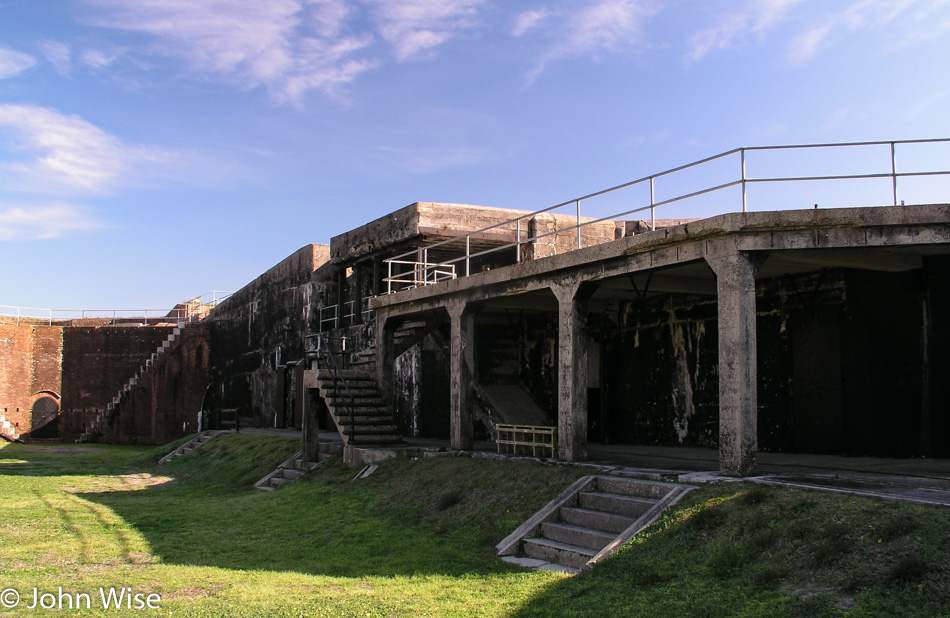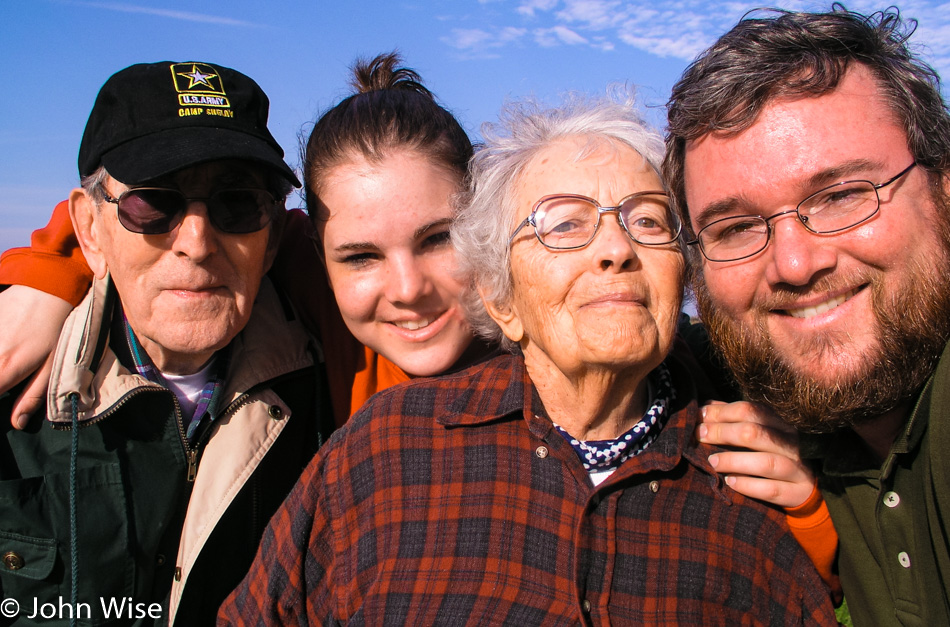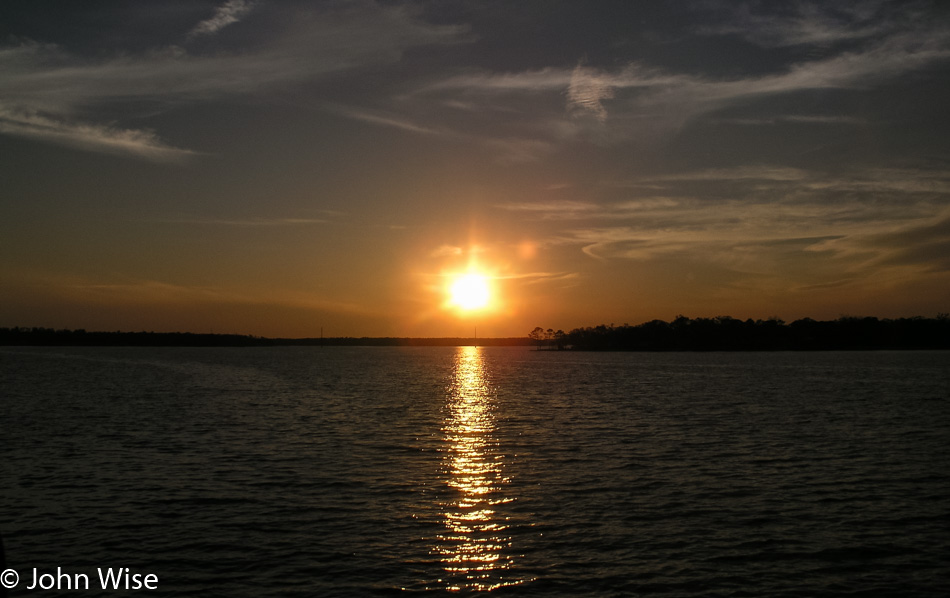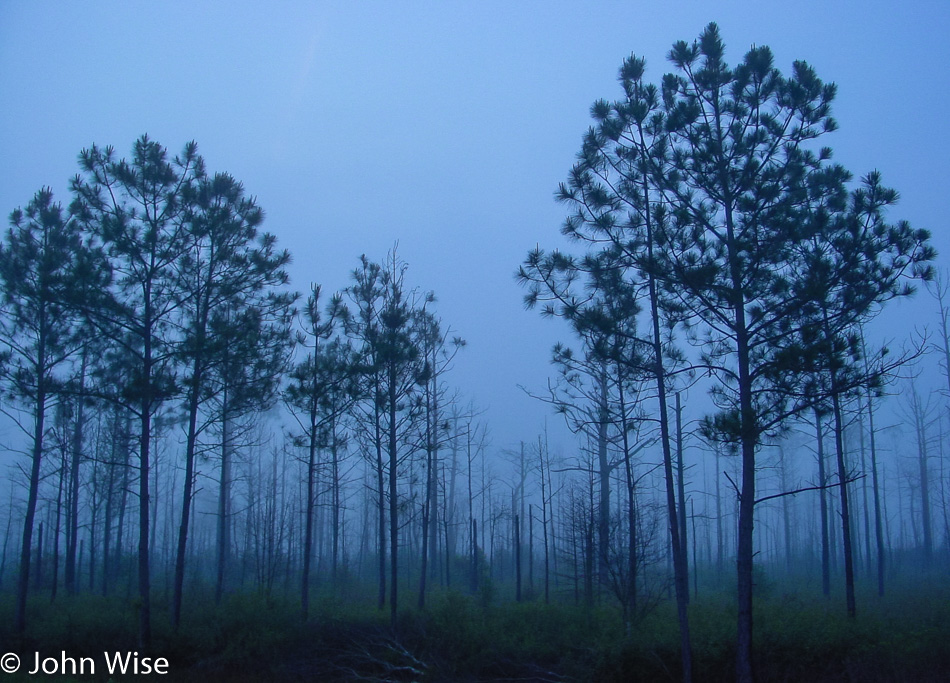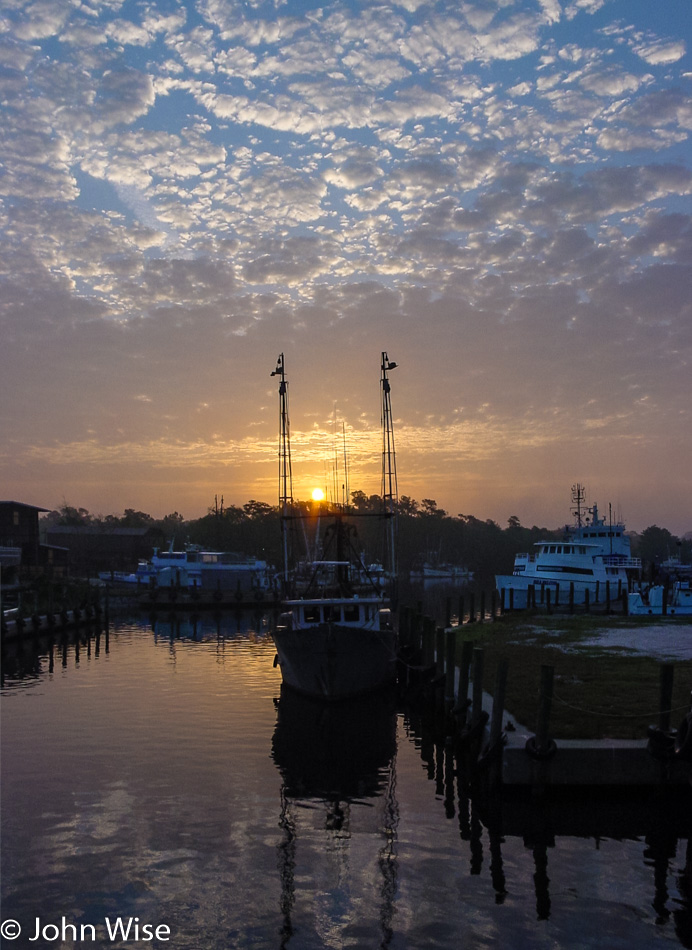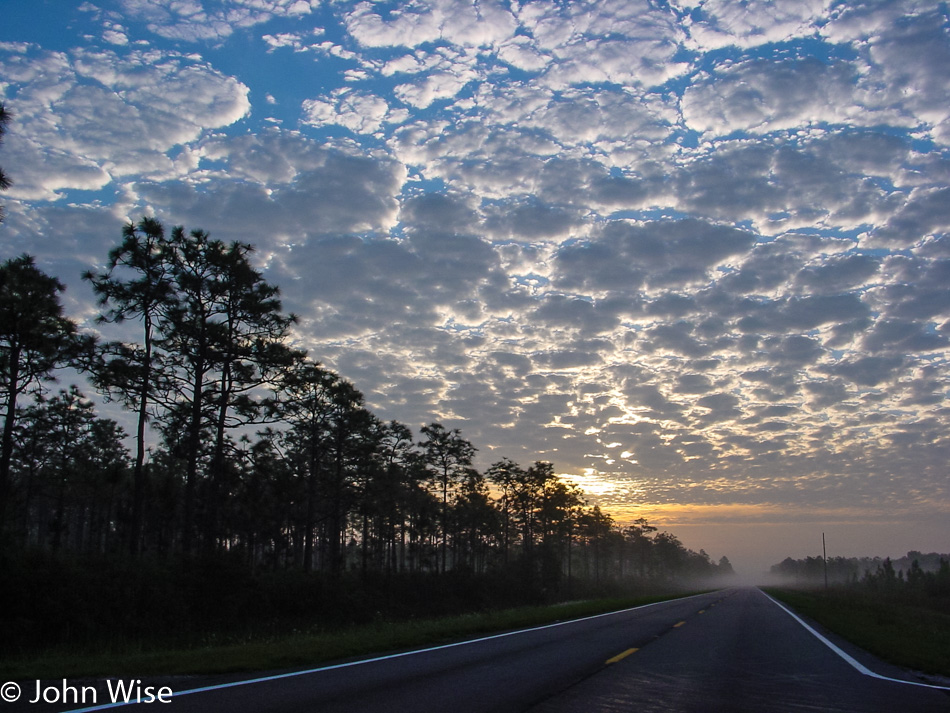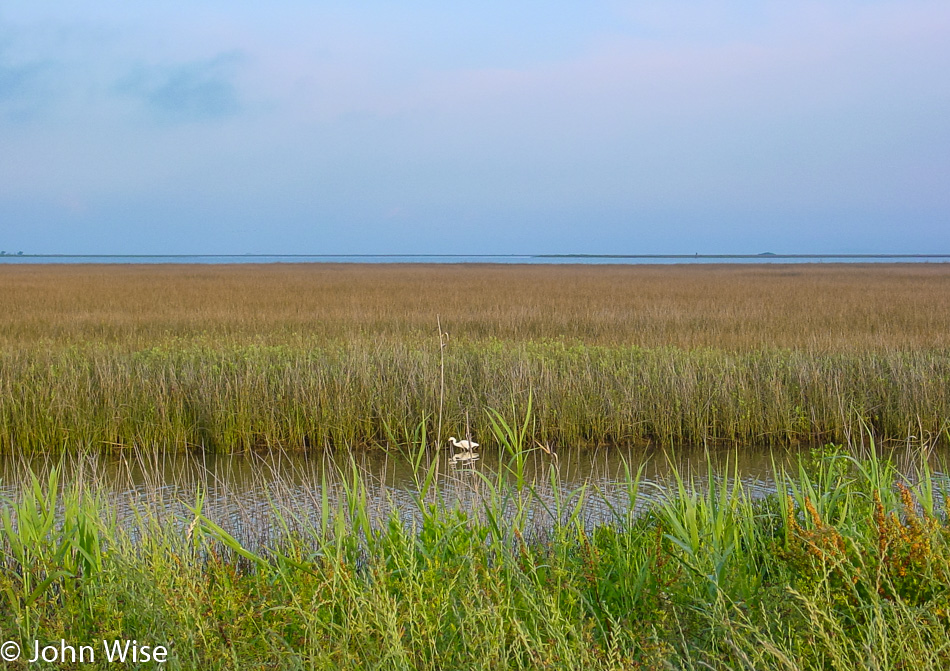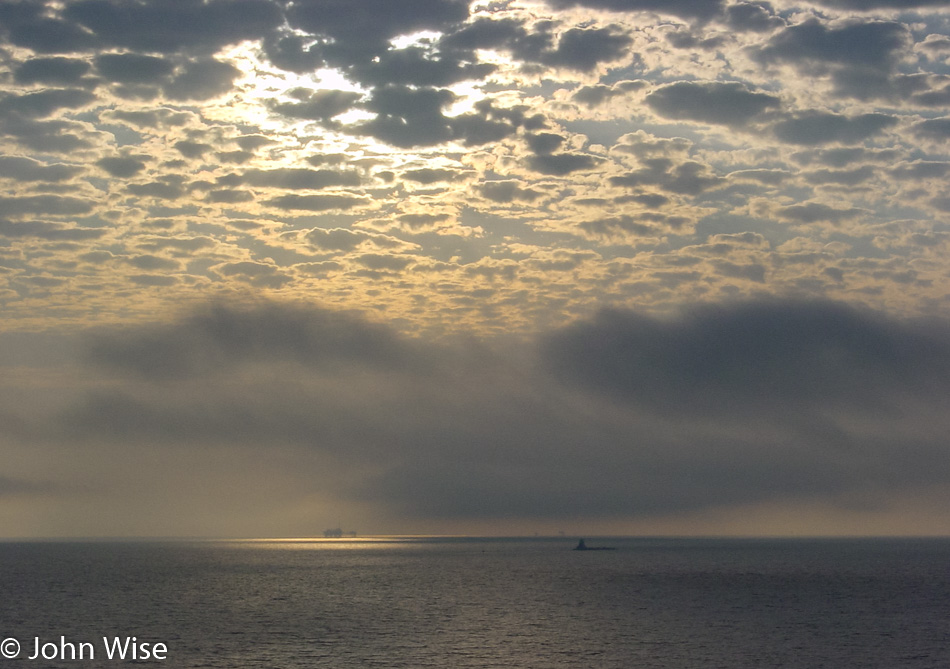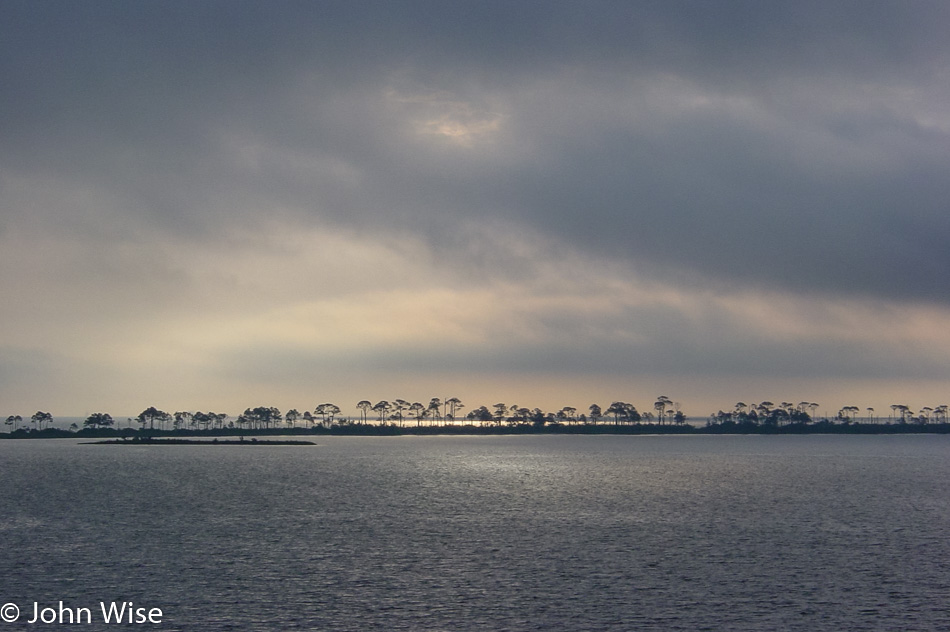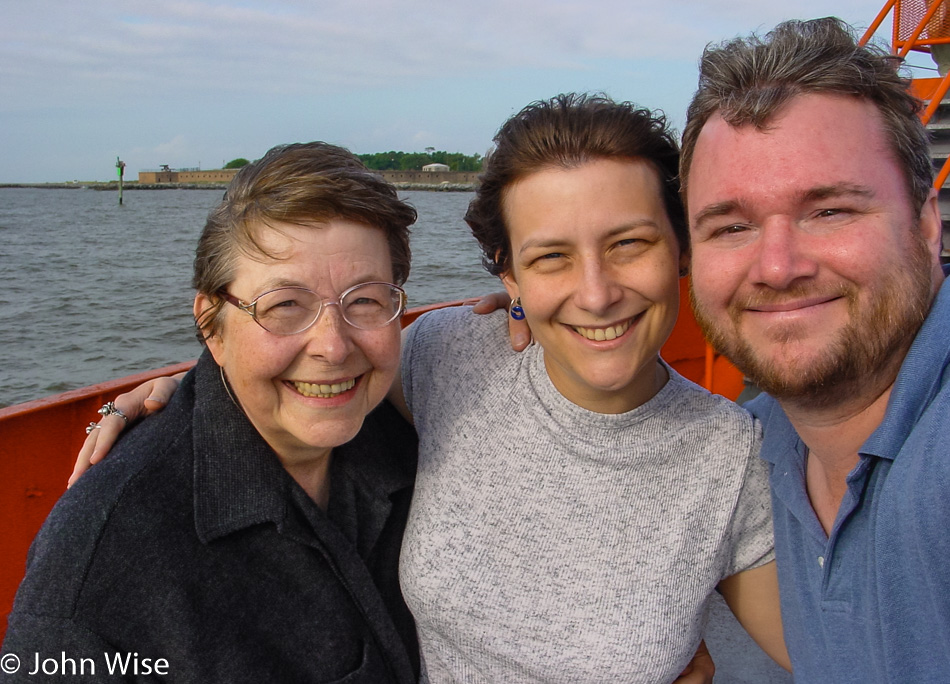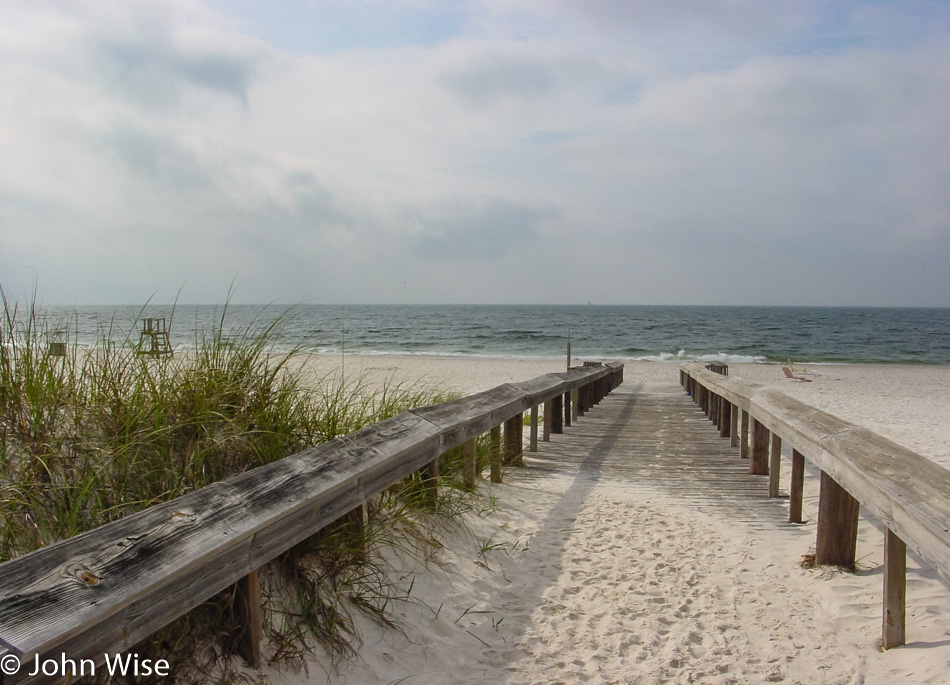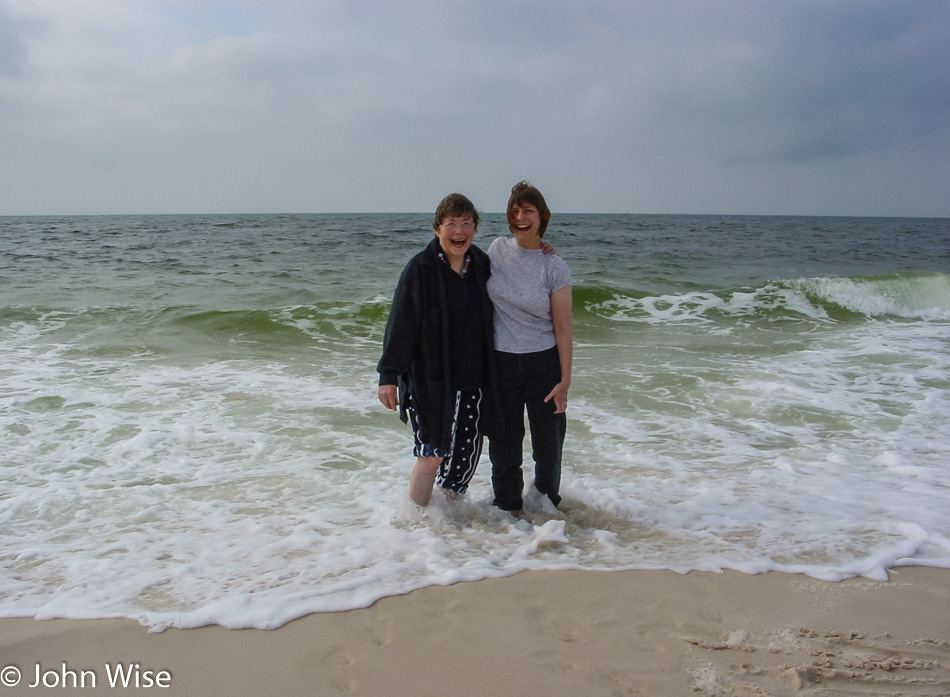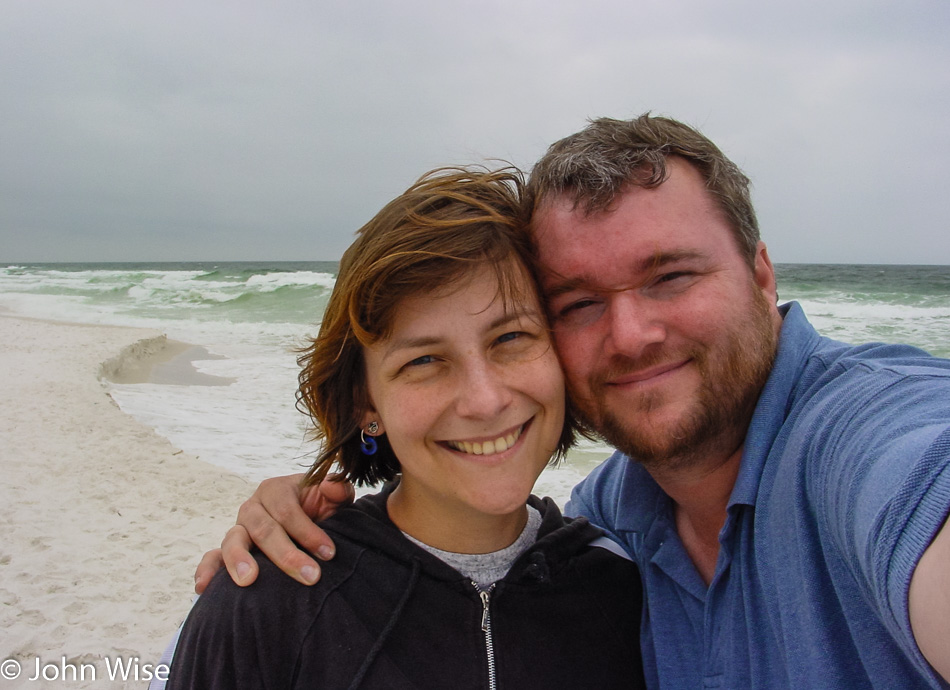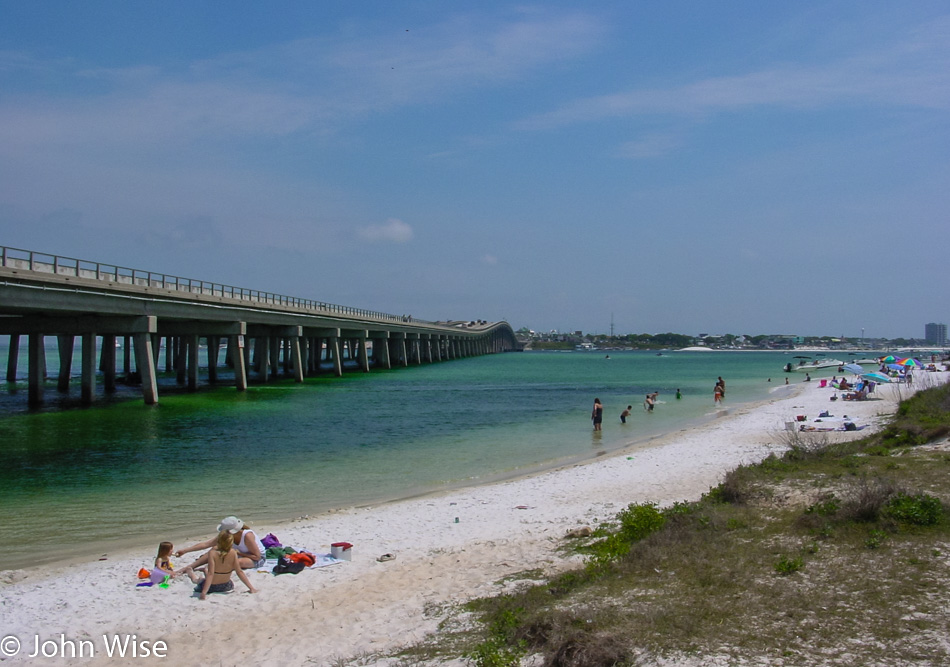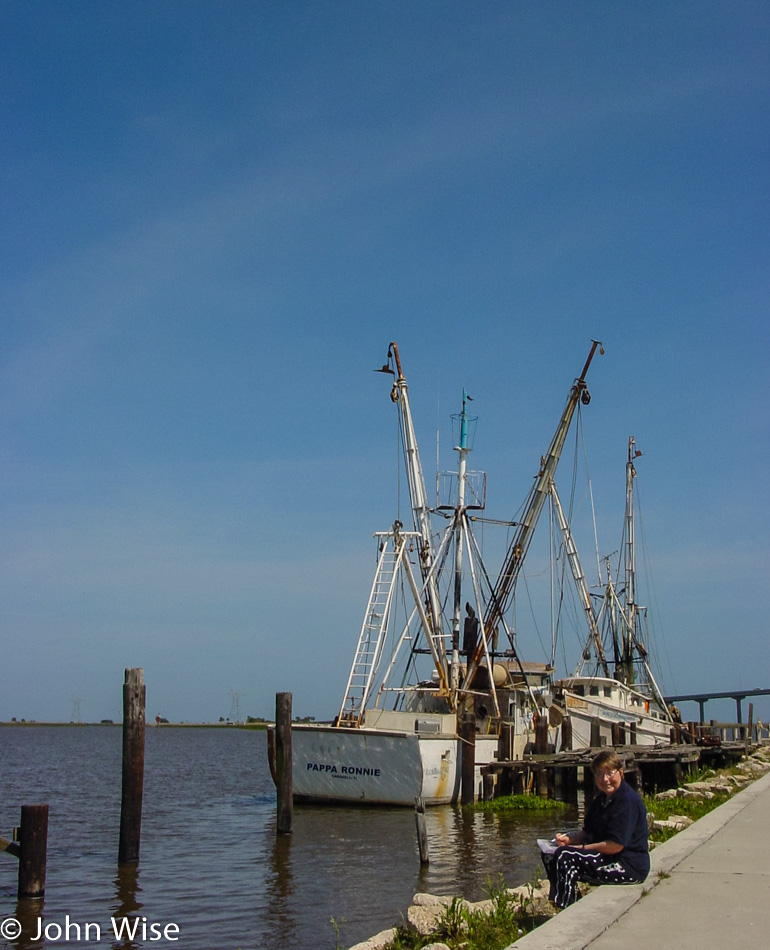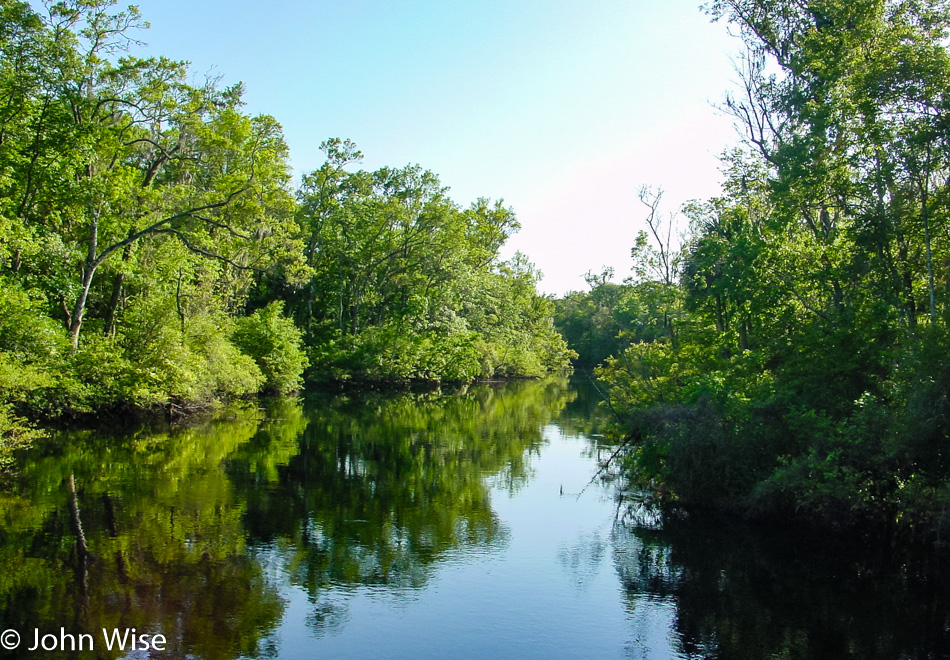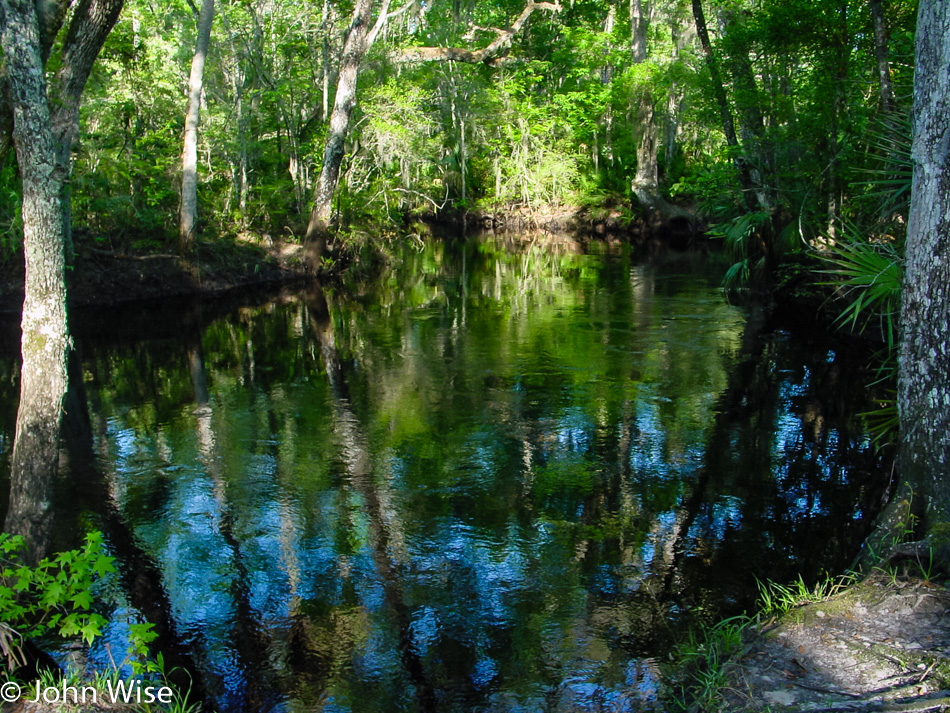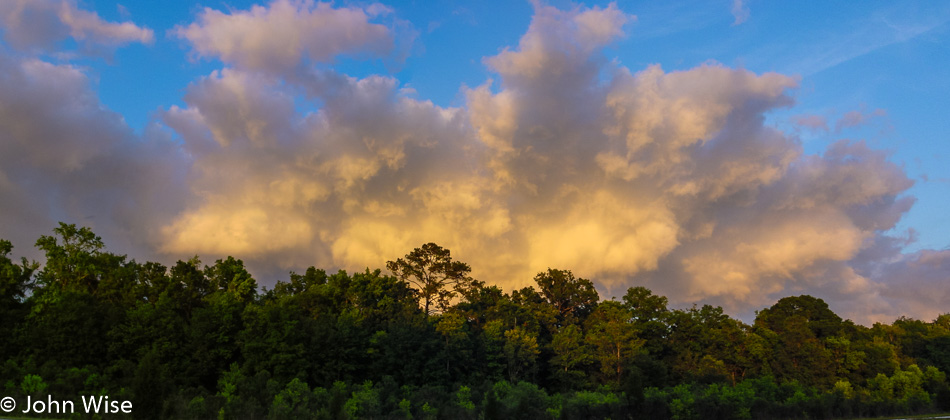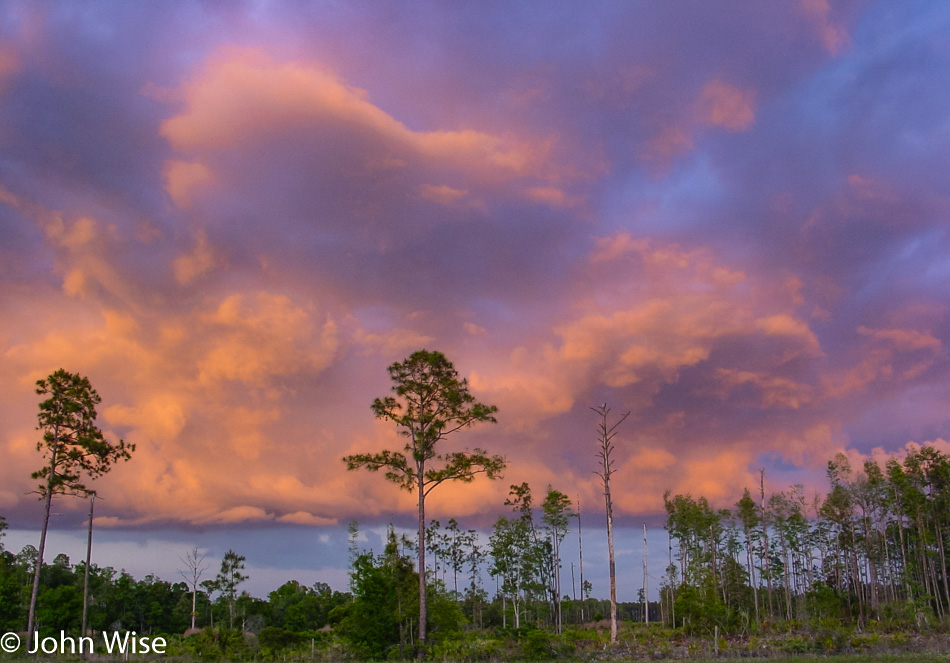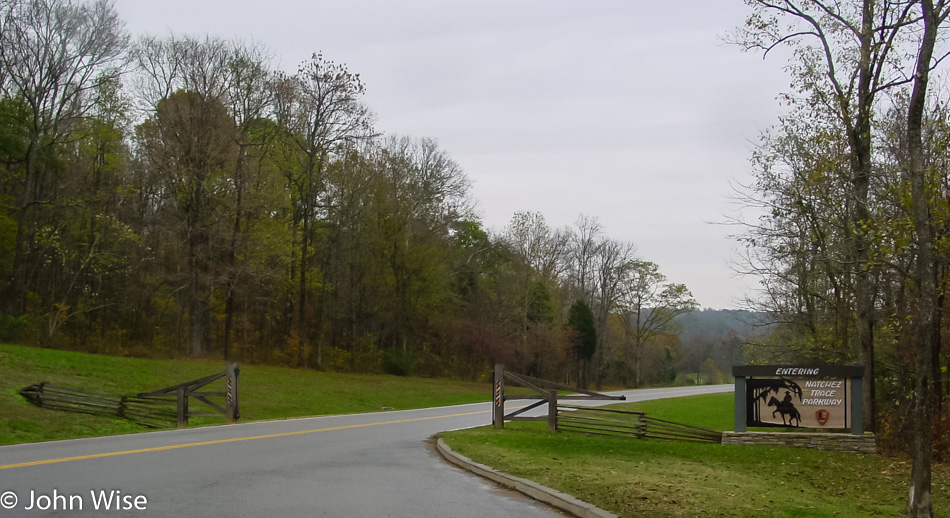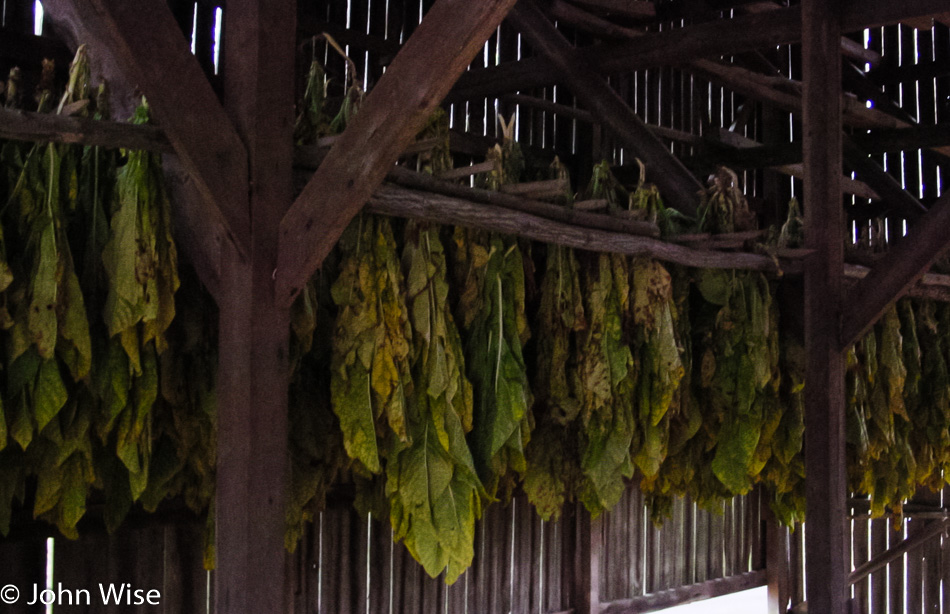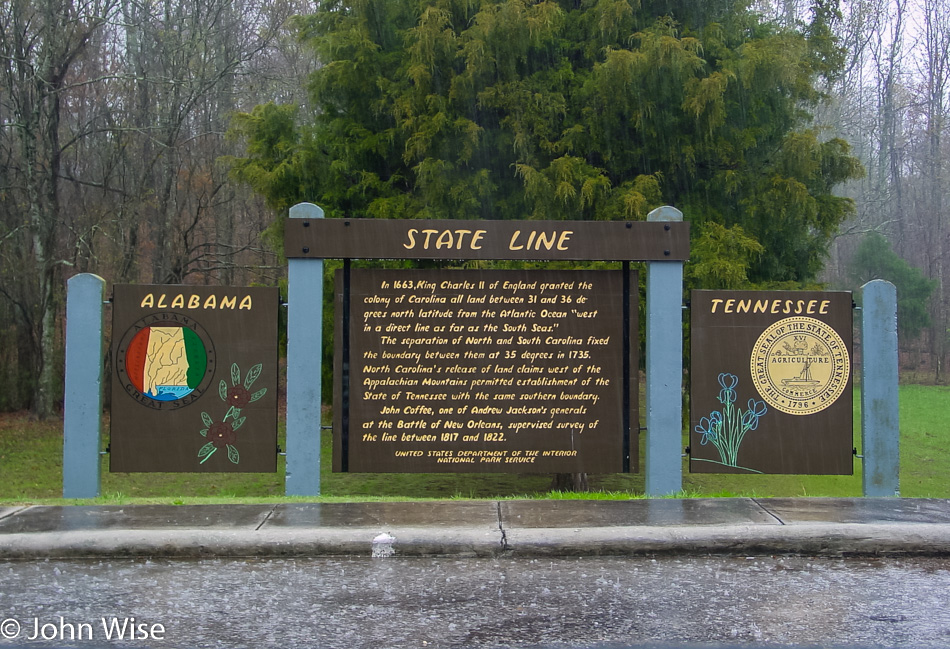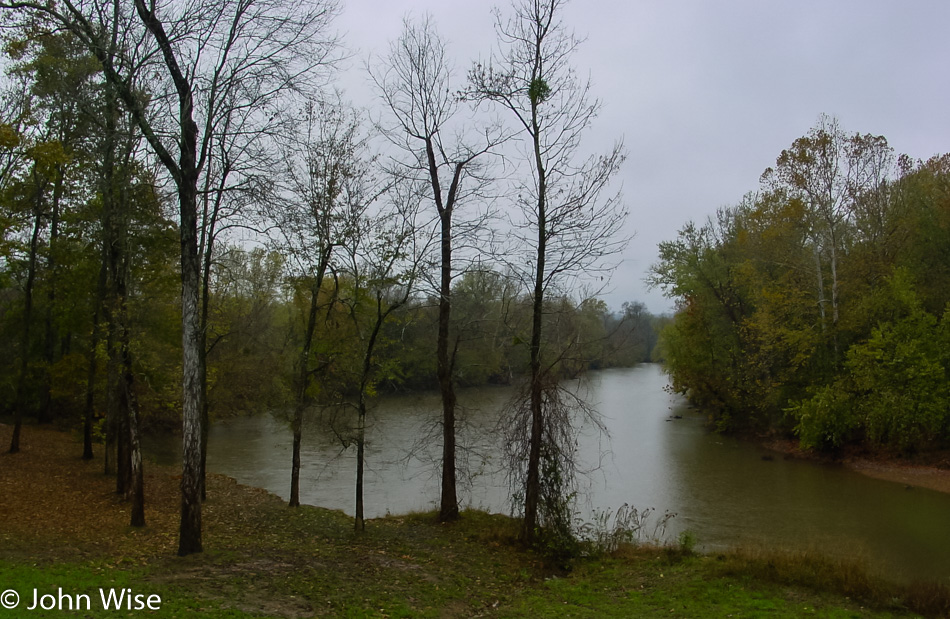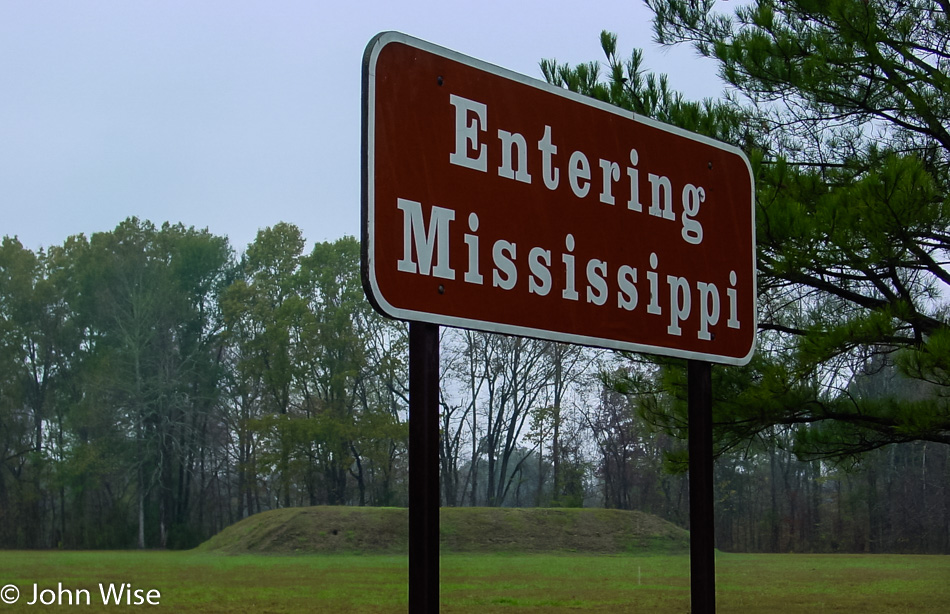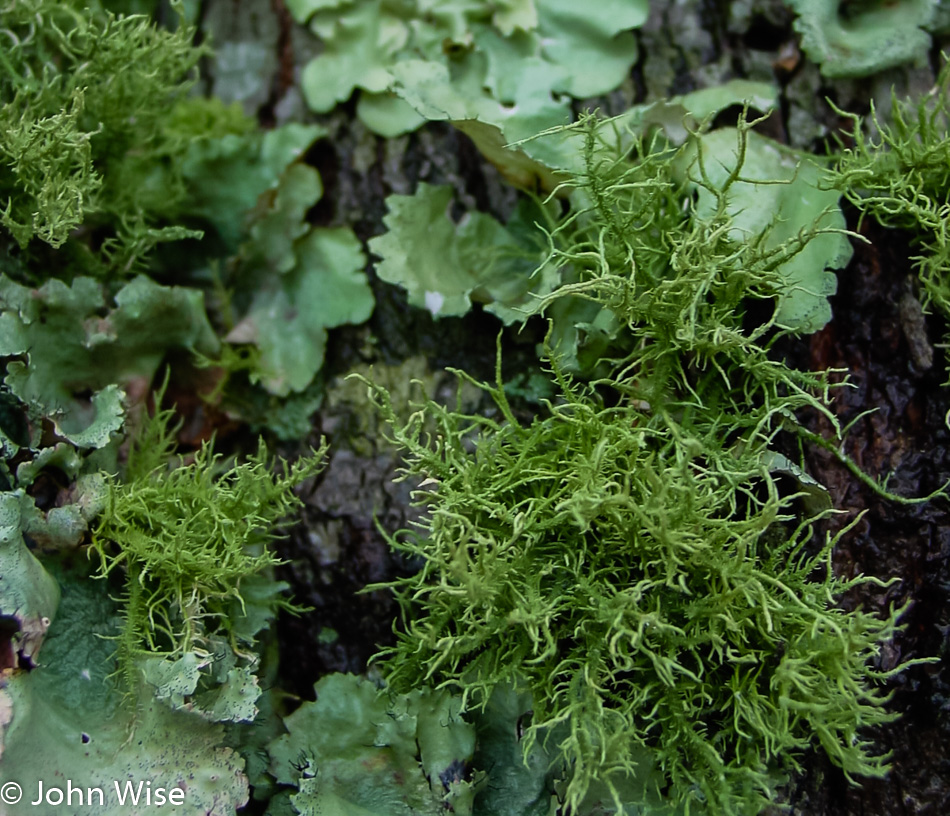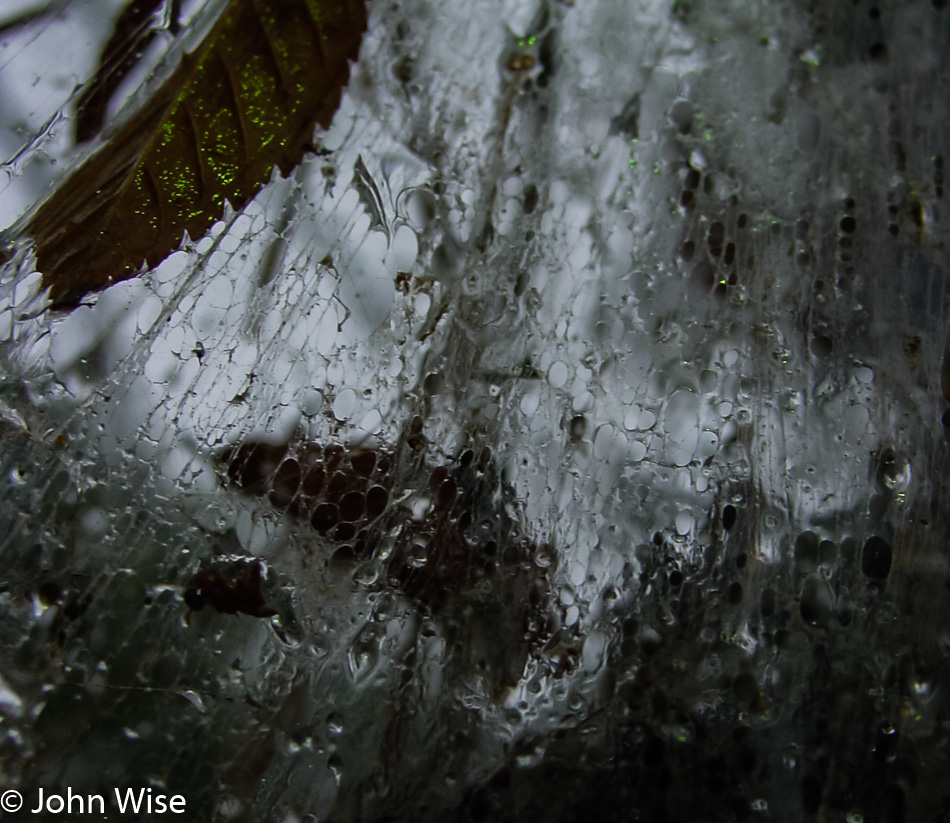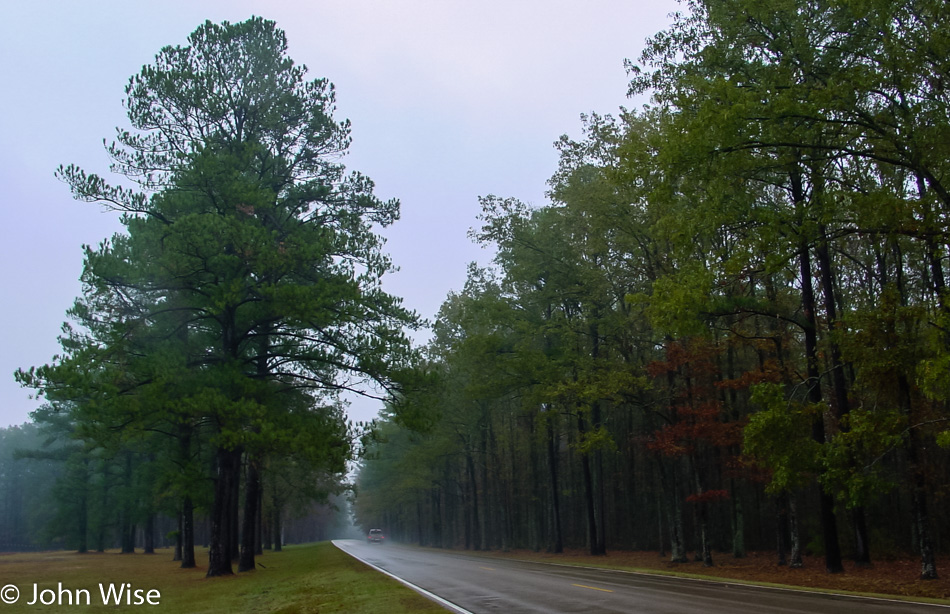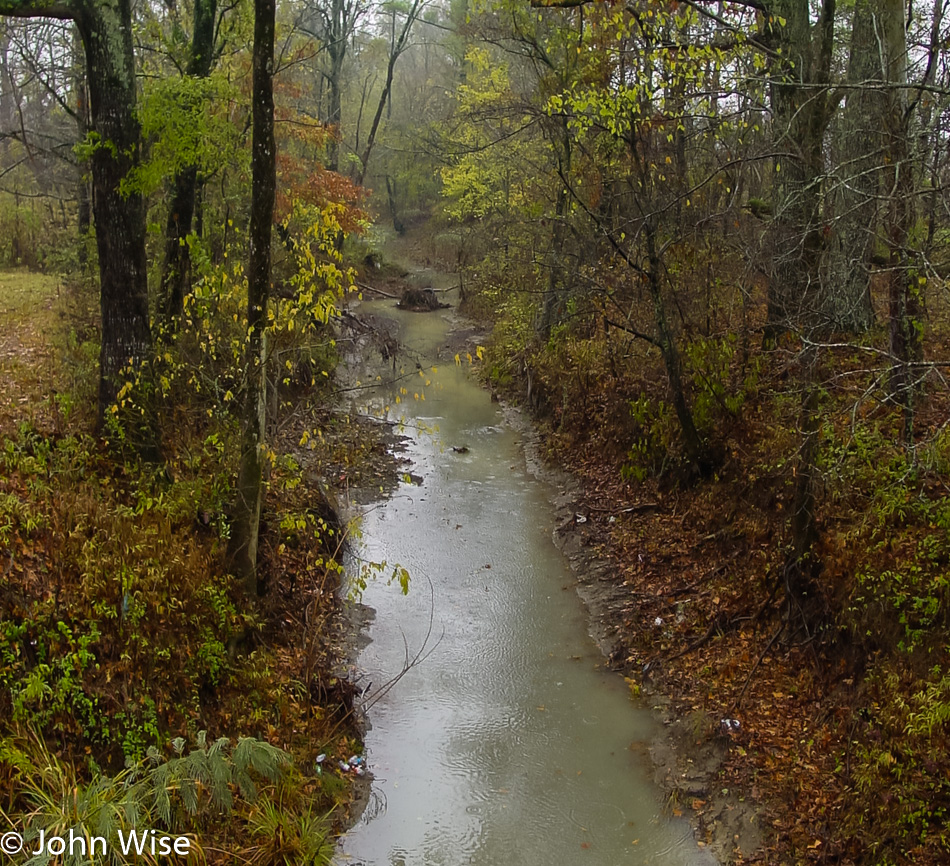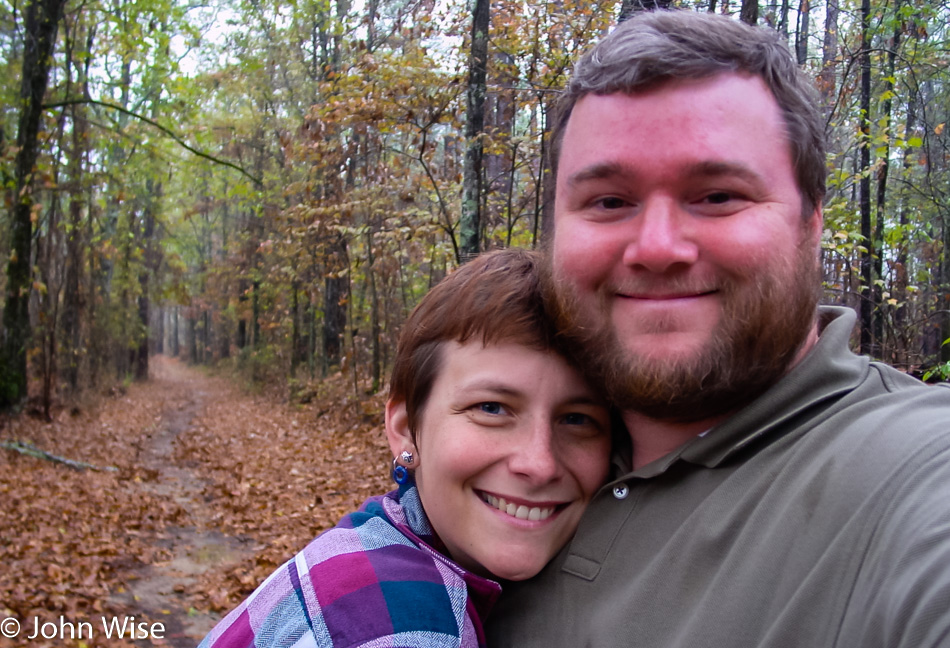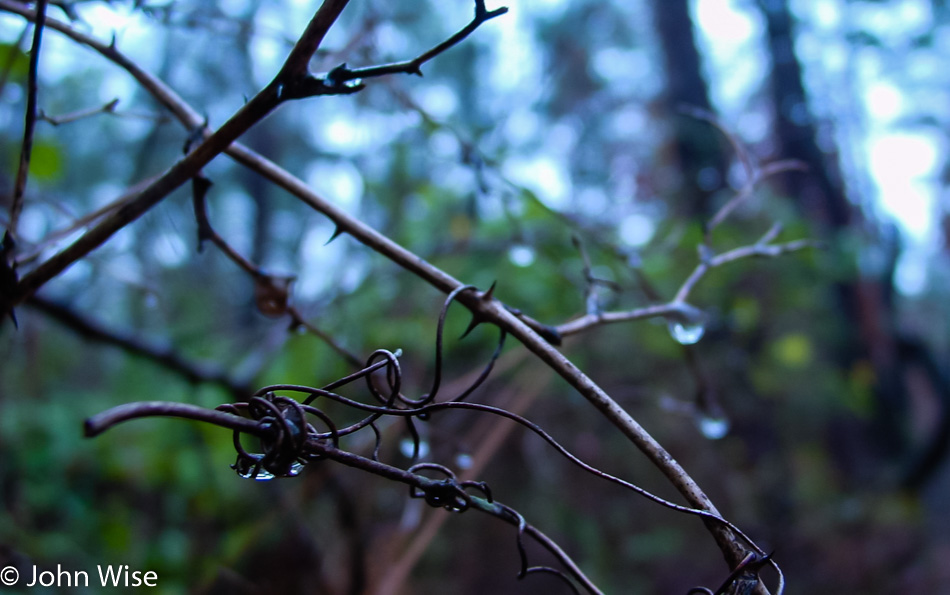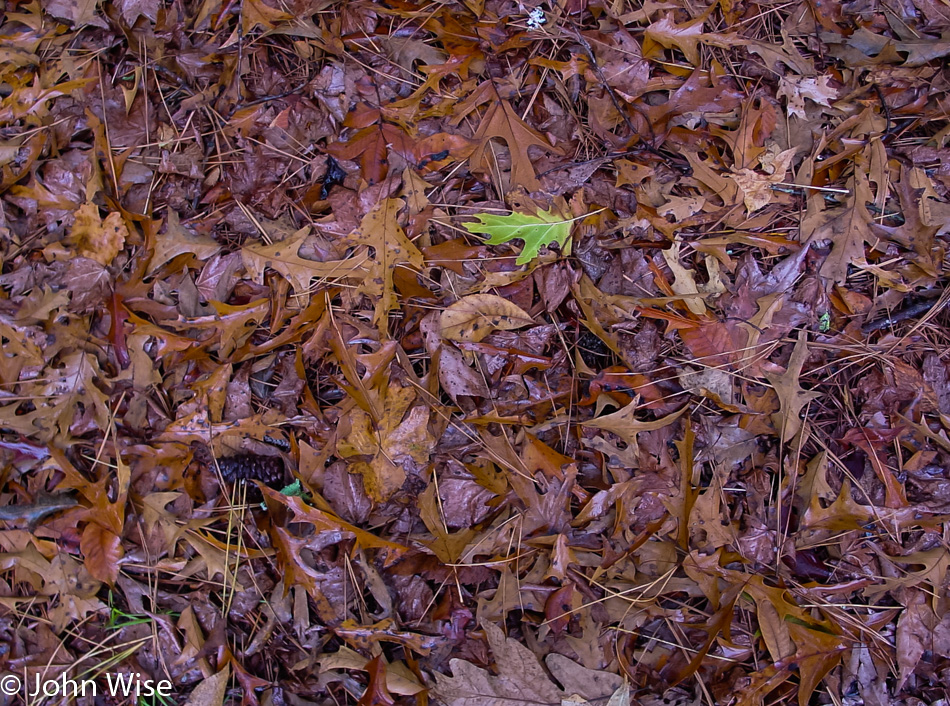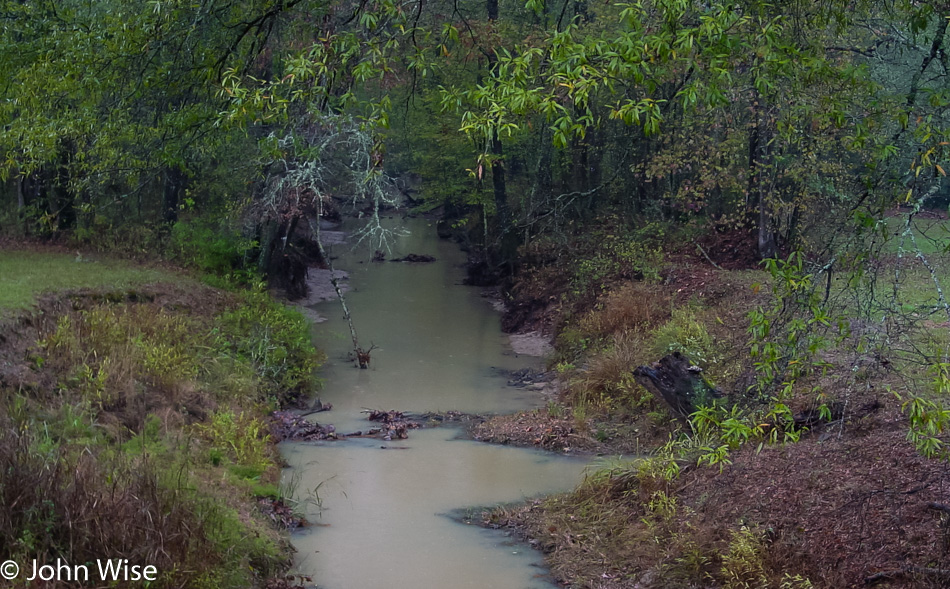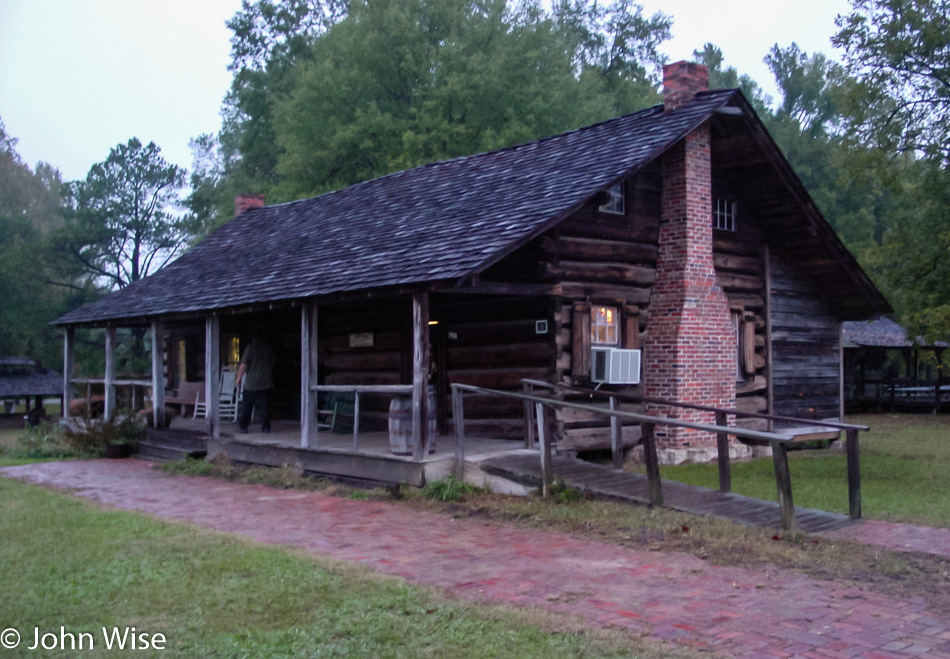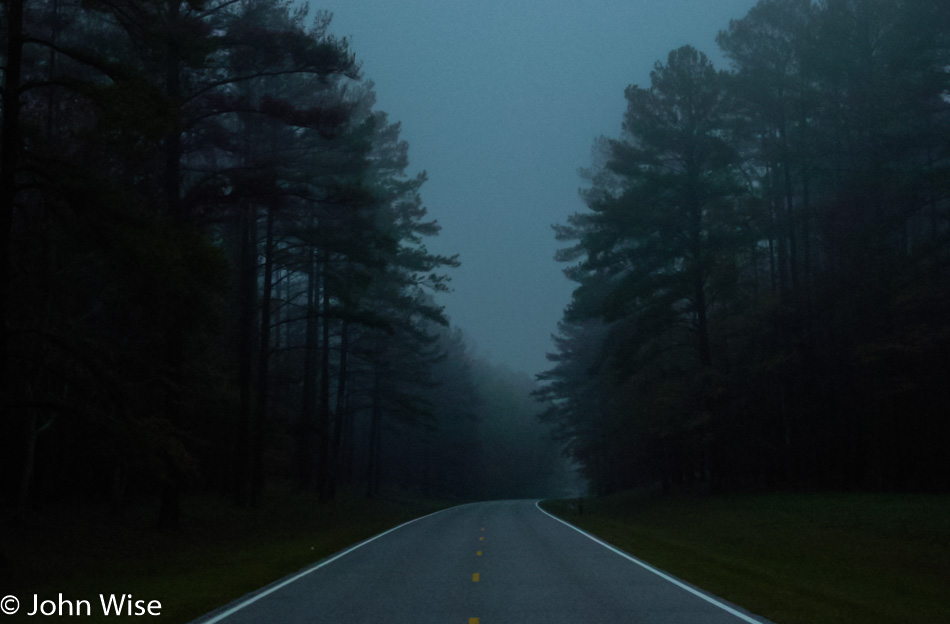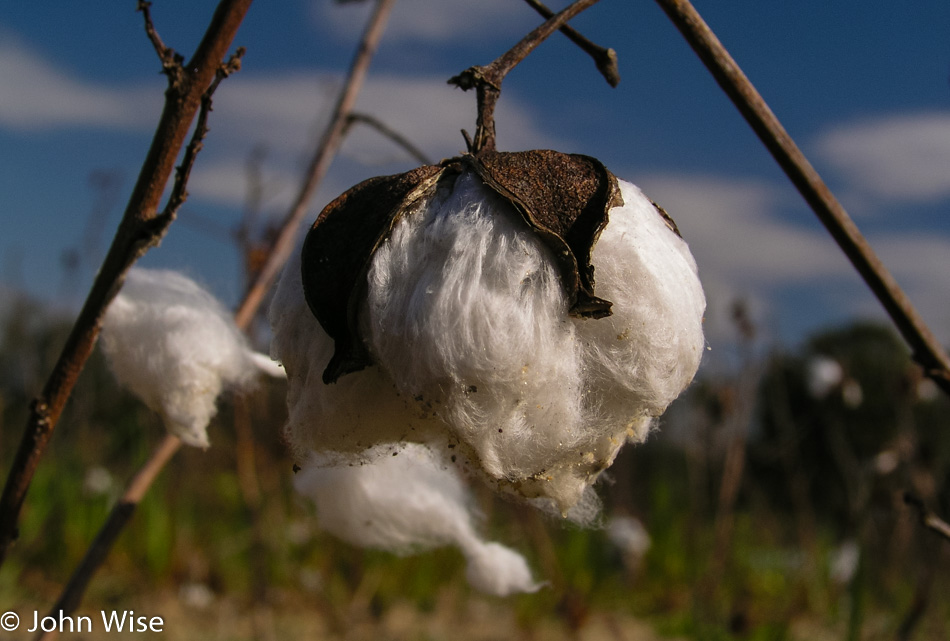
Friday starts with biscuits and gravy. The continental breakfast at this Best Western easily wins the best breakfast award of our trip. Not only are the biscuits and gravy just great, the menu includes grits, oatmeal, dry cereal, a large mixed fruit bowl, pastries, bagels, coffee, and orange juice. The staples are just that, but the biscuits and gravy will live on at some mythical level of a quality unseen from a franchise hotel.
Based on the roads taken Thursday, I altered our itinerary to take in some smaller roads, which I hope will be more rural and a lot slower than the main artery I had originally chosen. Before our deviation, we passed cotton, the crop that, along with tobacco, defined the South for many troubled years. Cotton shouldn’t be dismissed as some pretty fluffy-looking fibers that somehow become a large part of our clothes. Back in 1840, cotton exports represented 67% of our export economy, and the British were the largest buyers of our slave-produced product, which was making slave owners rich. Wealth and the desire for what it buys have always been a powerful factor in how one person exploits another, with only the obvious negative nature of this ugly transaction being camouflaged in order to keep it alive right up to today.
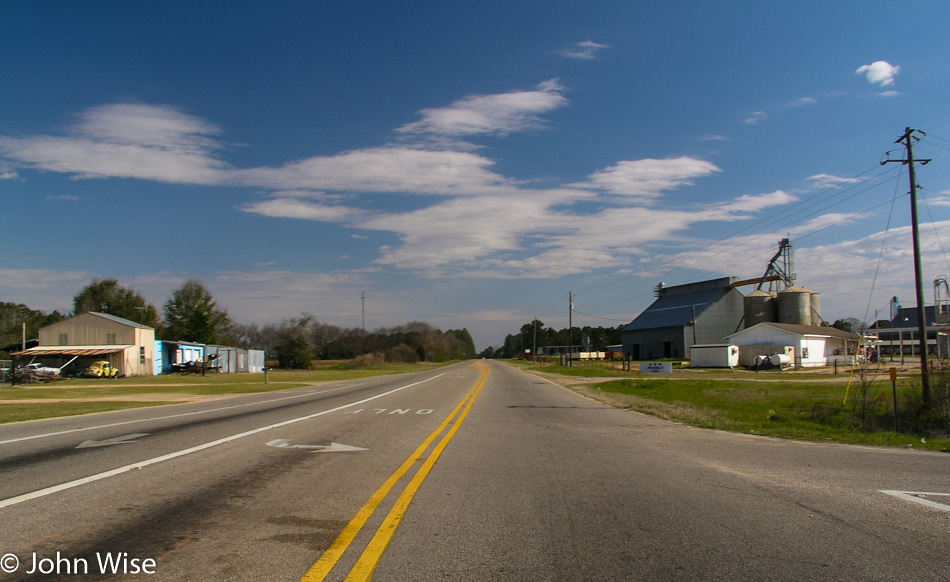
The lady at the desk of our hotel, on hearing about my plans to take us through Enterprise and then Opp, before pointing the car north for the drive to Montgomery, recommended we take the Montgomery highway, which would be much faster. I explained we were intentionally looking for slower scenic roads. She insisted that the roads we will be driving are not scenic as she has driven them many a time and are not what she would call scenic rural roads.
They are the roads of rural poverty where lack of education and inequality regarding resources are measured out in such ways to ensure those caught in the trap of being born to the wrong geography and race will continue maintaining their position in society. Far too many people in this region of our country are trapped, which is right where those who despise them would like to keep them short of deporting them to Africa.
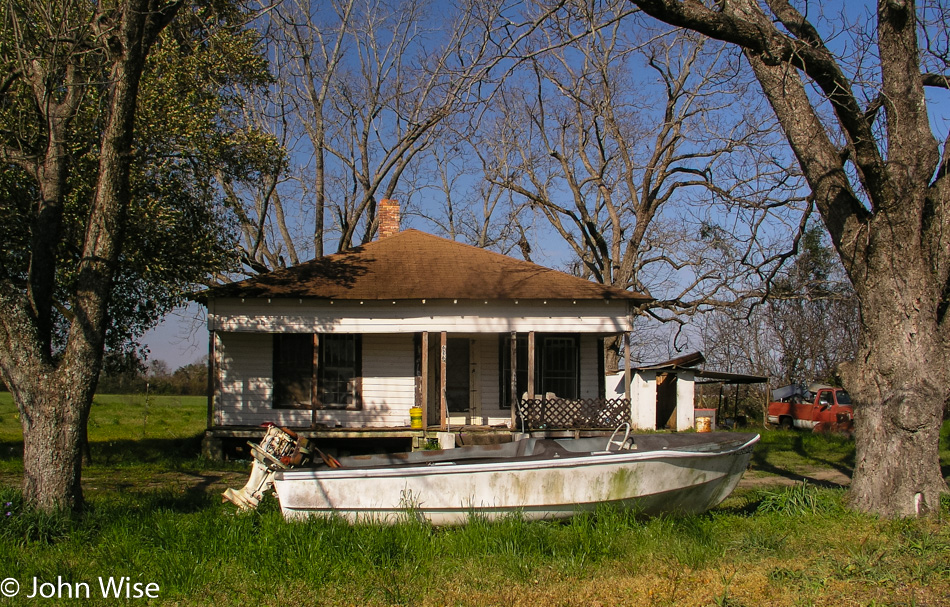
Boy, was she wrong? Leaving the 84, where we spotted the cotton, and getting on the 92 East, we are traveling the nondescript little two-lane side roads I live for. More abandoned homes, a house with a boat docked in the front yard ready to be dragged over to the Choctawhatchee River for some fishing. Farms are interspersed between patches of forest and rolling hills. The red clay soil of Alabama is churned over in a number of fields by local farmers prepping their land for spring planting; maybe it’s already been seeded.
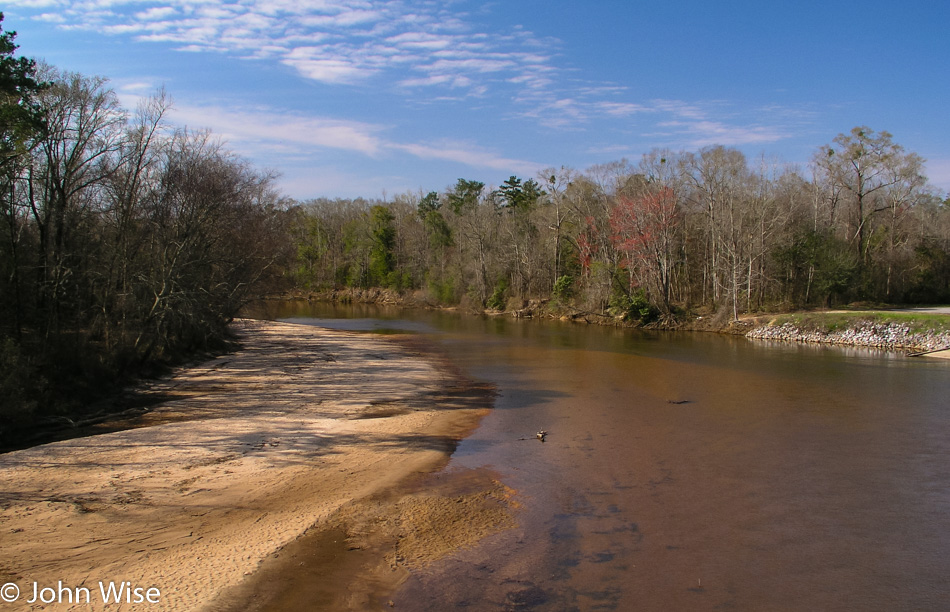
My feelings for Alabama are warming as I witness the intrinsic beauty the state embodies and what must have been the draw for early settlers. Plenty of water graces Alabama, and the rich red earth must deliver an adequate abundance based on the number of working farms I see around here. At the same time, there is also great poverty and much neglect, so any assumptions on my part will require further scrutiny.
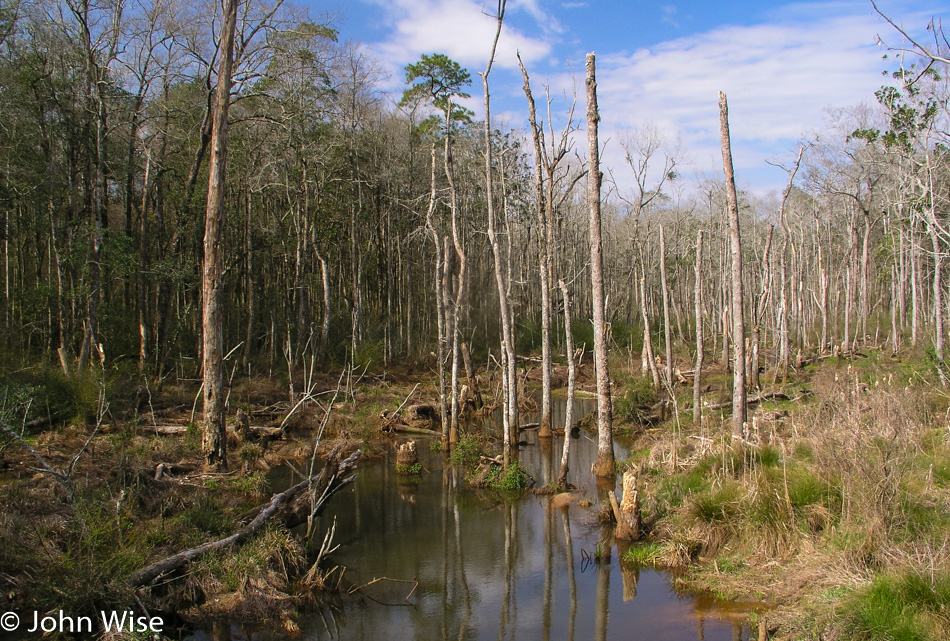
The 167 bypasses Enterprise and delivers us to the 134 East towards Opp. The characteristic wetlands of the region are a romantic attraction, at least during springtime. I get lost in their reflections. Looking into their dark waters with trees ringing the water’s edge and, at times, growing from the middle of the depths of the waters has me on the constant lookout for places to pull over in case I spot a particularly spectacular example.
All the while, I have to remain vigilant in the memories of what has occurred on these lands and the horror of those dragged out of a continent a world away to be thrown into a kind of labor that would have been as alien to them as any modern-day person being sucked up off the earth and brought to a planet light-years away and forced to clean the anuses of Martians.
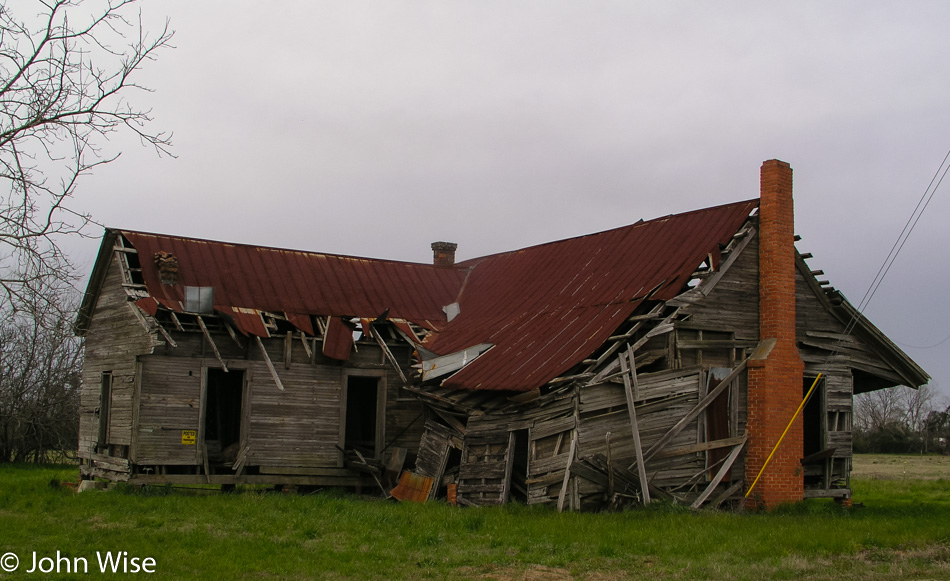
Crushed dreams and broken families litter the history here and cannot and should never be overlooked. Not until white America reconciles its still remaining racist tendencies and begins the work of true integration should we be let off the hook for our ancestors’ injustices.
Lonely and near-empty houses, once homes to people who don’t leave photos of better times behind, are scattered along the highway. Some appear to be older dwellings, discarded from use after the current property owner built newer digs. Along the way, we left the 134 to take the 189 North until we branched off to the 141 and finally onto the 9/29/331 – yes, all three roads on the same stretch of highway.
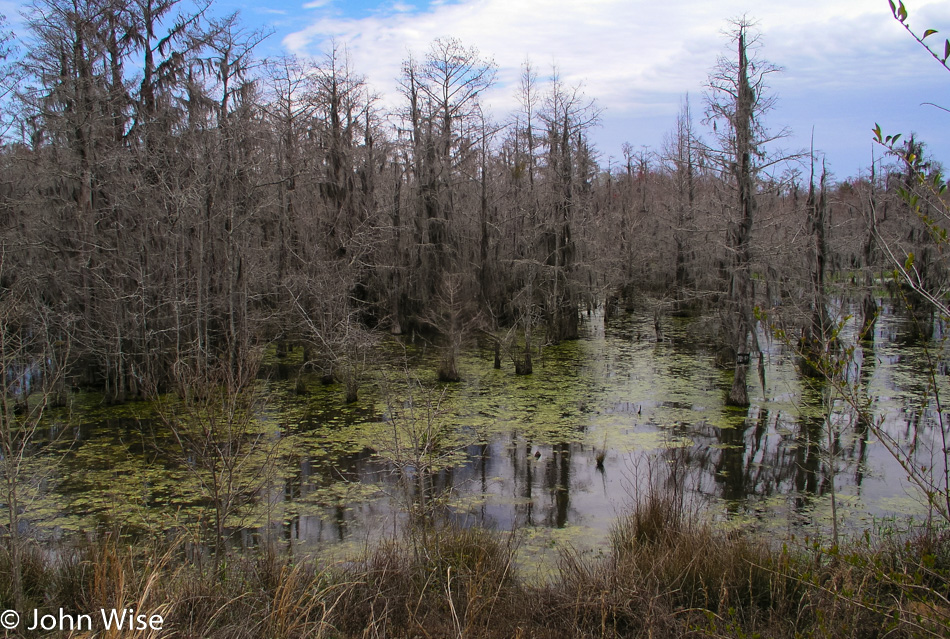
Are we lucky to be here in springtime instead of the summer and fall when the mosquitos may have negatively impacted my perceptions? Right now, though, I am taken in. No matter if the waters are brown, black, or have a green surface, are large, small, running, or standing still, they all are delights to my eyes.
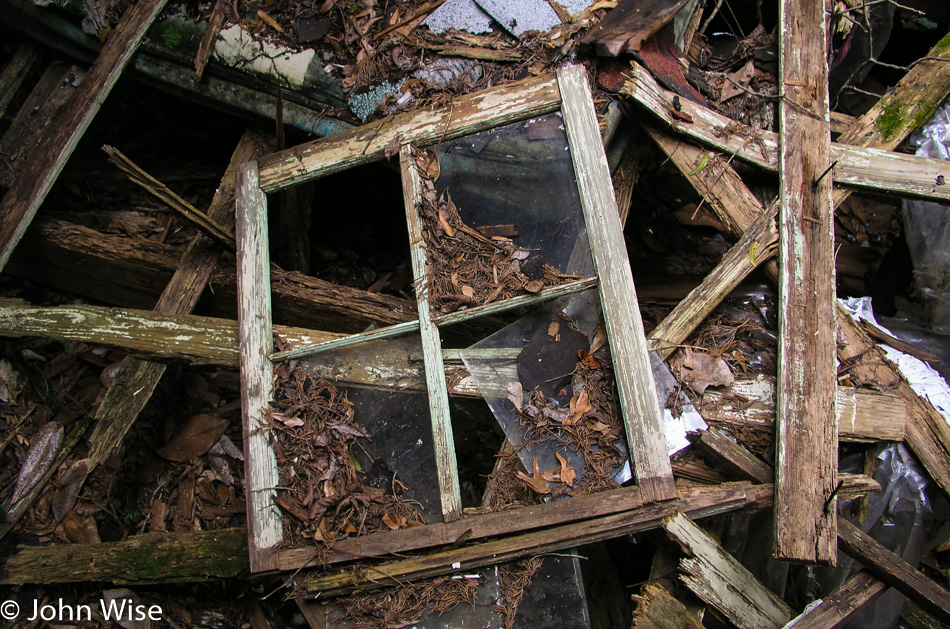
Windows to the past are discarded as inconvenient reminders that what was happening here at one time should not be seen again. I can’t help but filter this part of our journey with eyes that try to peer deeper into what is just below the surface and wonder if it might be kindling yet to catch fire.
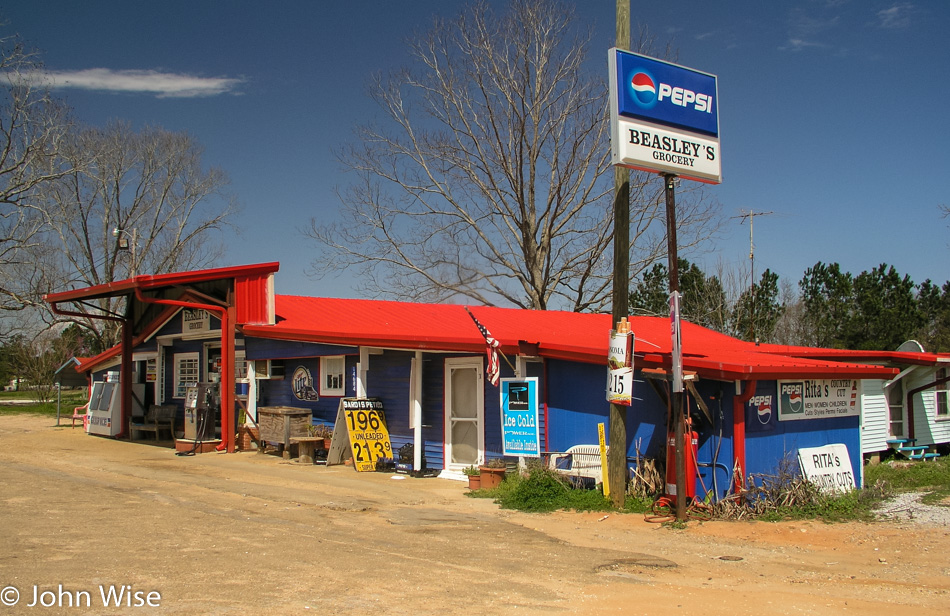
On one side of the road, a small rural grocery appears to be thriving, while just down the street is a nothingness intersection where the local gas station/convenience store has recently closed. The store appears to have shut abruptly. Maybe a death or serious injury in the family forced the owner’s hand, or maybe poor management brought foreclosure? We casual travelers will likely never know.
The town of Brantley pops up out of nowhere and is a small gift to travelers. Two old washing machines from my aunt’s youth first caught our attention. Rusting, inoperative, and growing plants from their tubs, the nostalgia they imbue has Aunty fawning over her memories of having used washers just like them years ago.
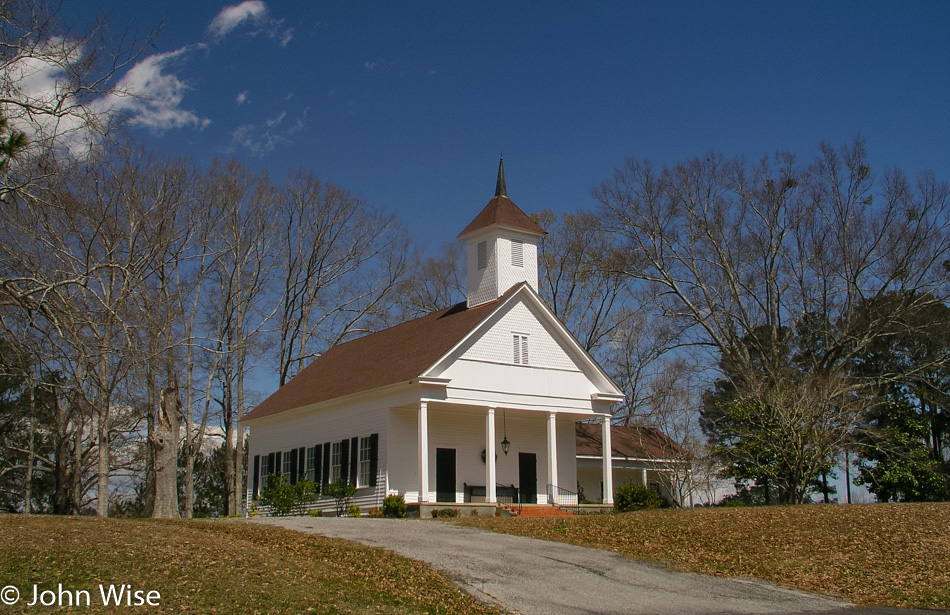
At first glance, the town seems to have dried up with its dust being sent by the wind, but that is only at first sight. While a lot of the shops are in need of either tenants or paint, just north of downtown are some wonderful, well-kept old homes. A large school is still open, and my curiosity to know more about Brantley will only be satisfied on a future visit.
Between these small towns are more farms and more wetlands. Old relics of business, now shells, dot the crumbling sidewalks, and we sit back and watch farms and forests pass by our windows. The weather earlier had given me some concern that we were in for nastiness, but after about 25 miles of driving north, the storm broke up, and we were under sunny skies as we approached Montgomery.
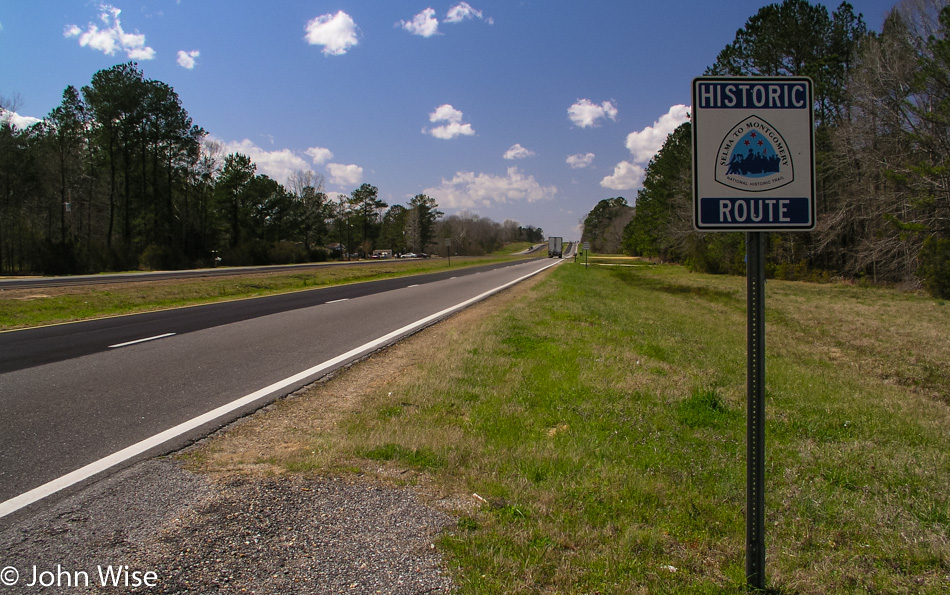
I expected more on the way to Montgomery. I am not sure what it was I thought I’d find. Maybe I was looking for abject poverty or old homes with folks sitting out front on the patio watching life go by. I could also have been thinking there had been a renaissance around this celebrated area and that, along with monuments, would stand new homes and businesses that would demonstrate the vibrancy of the black and the white populations seeking better lives.
Instead, things seem to look much the way they likely always have. I am curious to see downtown Montgomery, but time constraints are playing a role. I’ll have to wait for a return in the future, but for now, I’ll take Highway 80 to Selma as a compromise. We are about to follow the path of the civil rights march that occurred along this route back in the 1960s.
We are greeted by a commemorative sign identifying the events which took place here. The road itself is now a four-lane highway that is rather nondescript. To me, it appears that this area has been sterilized. Maybe there were old homes or shops, gas stations, or signs of the camps along the way; today, there is asphalt.
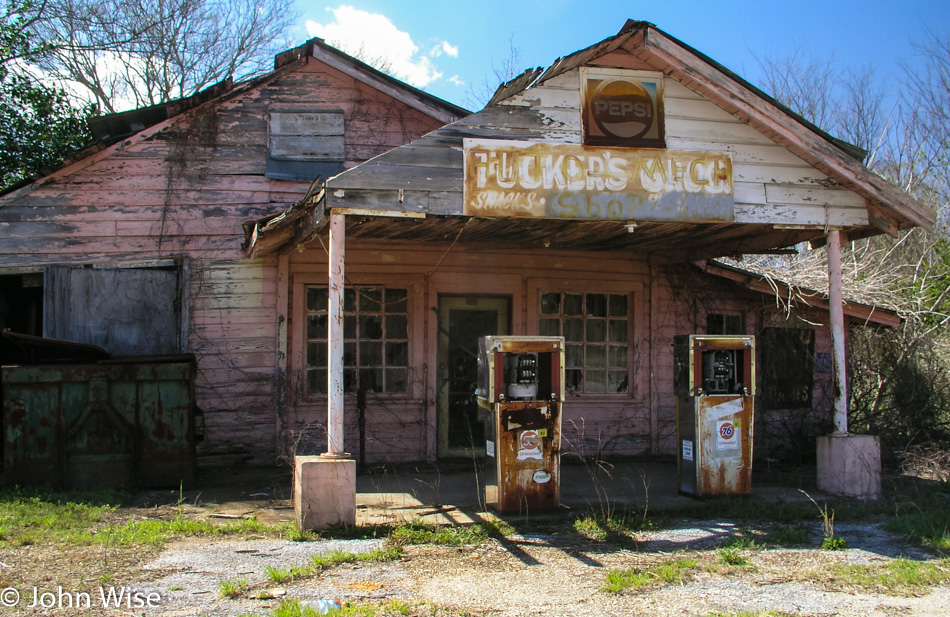
A sign here or there identifies where the encampments were. Promises of future memorials on long-forgotten placards fade sun-baked from the years of neglect. Coming into Selma from the east, we get our first taste of the type of poverty that has been ever-present for too many people of African-American descent. This is indicative of not just the population here but can be found across the country.
Selma is just another microcosm of life in the U.S. for black Americans. One side or the other, south or west, on the outside of town, or hidden away off a secondary road, a community of ramshackle dwellings identifies the have-nots where education and opportunity have played secondary roles to the need for survival.
On the way to Selma, I take inventory of what I have watched and listened to over the course of my life so far, trying to see how things have changed for the black population in America. I knew most of the answer, but this trip across the U.S., my third in the past four years, confirms my first-hand experience that not much if anything, has improved; on the contrary, things seem tenser.
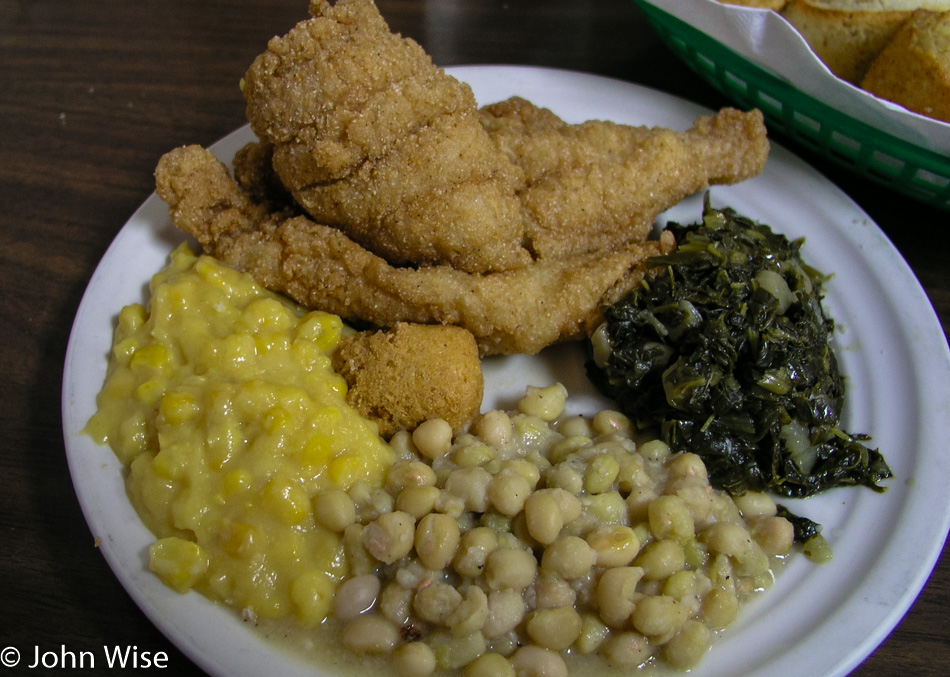
Our first stop is at the Downtowner Restaurant which Caroline found us moments before, while she sits patiently in Phoenix trying to help with my incessant phone calls for her to be my connection to the internet. She found us a winner today. Lunch for the three of us was some fantastic catfish served with three sides and a hushpuppy. Just like other home-style cooking places I’ve been to, certain items run out, and you have to choose from what’s left. In this case, Auntie had the last portion of catfish, and the next customer was forced to order something other than his first wish.
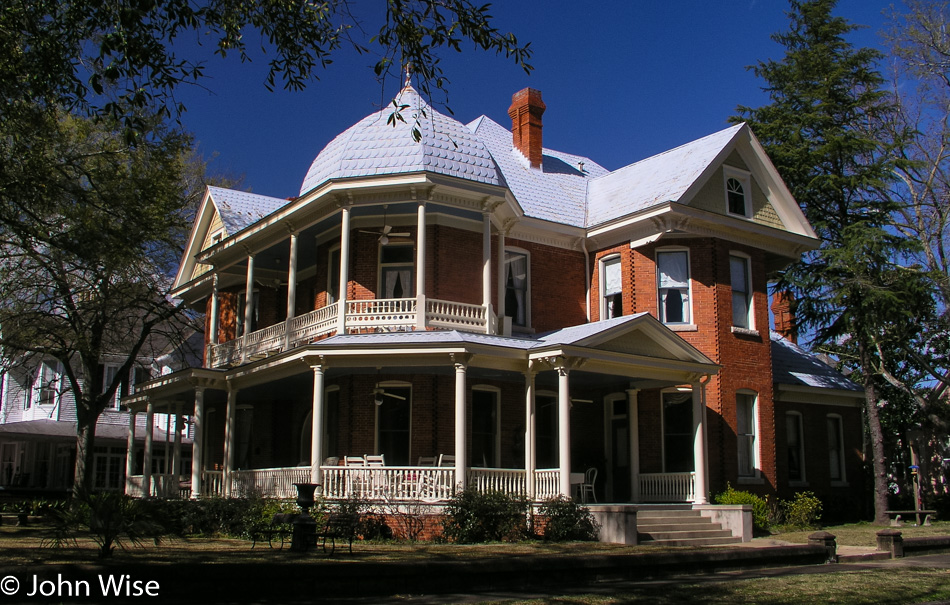
The layout of downtown Selma is classic Americana. The main buildings are old, well-maintained, and beautiful to look at, requiring a return visit so that Caroline and I can casually visit and view these historic structures and facades in greater detail. Ornate churches ring the city. Large homes stand gracefully as their present owners take great pride in preserving their heritage. These elegant timepieces have become showpieces, law offices, bed and breakfasts, and private homes.
The Live Oak Cemetery is a pre-civil war treasure that Auntie could have stayed at for the rest of the day. We read some birth and death dates, admire the ornate grave markers, and read a few of the historic postings before moving on.
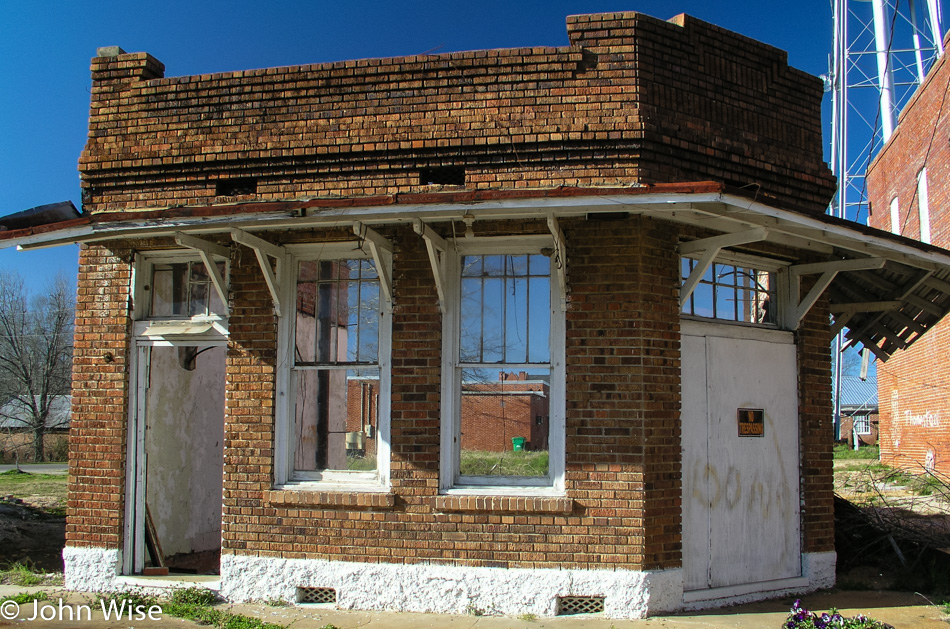
Leaving Selma, the road returns to what came before on our journey. Pockets of decay between scenes of splendor. It is impossible for trees, lakes, creeks, and meadows to look broken down and sloppy, but quite easy for neglected man-made artifices that lie rotting. These time capsules dot the entire country, though, in some places, they are more common than others.
On the one hand, some buildings are simply eyesores, while others lend an aesthetic to the rustic look and feel of the environment. Some gas stations age gracefully and harken to a moment in history that feels romantic, while another more modern closed station portrays urban blight. Homes that may have been savable a few years before quickly succumb to the forces of nature once a chink in the armor can be exploited.
Once a roof starts to collapse, it won’t be long before the floors rot. An open door or broken window invites animals to take refuge. If the opening is small, first, the insects and birds make the old home their new home. When the house has been sealed up well, it is likely a transient made the place their own for a while. A lone mattress, a few scattered clothes, and empty liquor bottles are usually good indicators that after the owners left, a squatter took over.
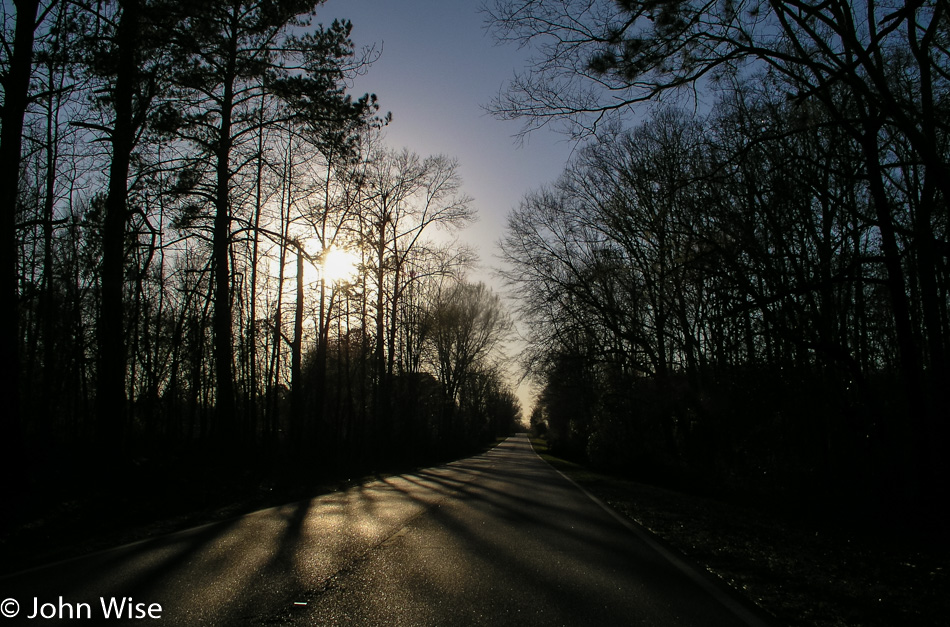
We leave the “Welcome to Alabama” sign behind and must be crossing into Mississippi, but the welcome sign is nowhere to be found; not even a little placard at this crossing is seen. The sun is going down in this corner of a Mississippi forest, and another crossroads brings us to more forgotten and neglected buildings. Night approaches, and for a short while, we drive in the dark on our way to Carthage, Mississippi.
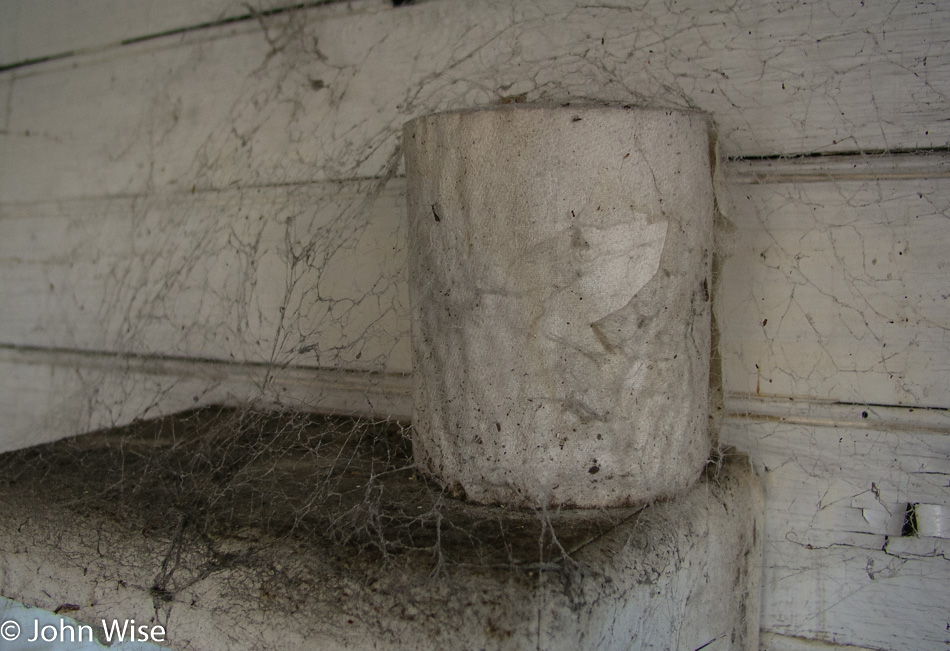
Our motel is the Economy Inn on the north end of town, off Red Water Road if I am not mistaken, this should be the town of Red Water, but the listing for the motel online said the place was in Carthage. This was found in my bathroom; just kidding.
Closing thoughts on racism. I have seen this cancer that plagues our country firsthand. Not necessarily as it happens to a recipient of its vitriol but from other Caucasians who believe I’m part of their club of hate. This has happened on dozens of occasions over the past 30 years of my life. What was new about this trip was how much more open and angry it has become over the past four years. People talking within earshot use racial terms of hatred without concern about who might be hearing them.
A young black woman in Louisiana related how children 3 and 4 years old talk about “them niggers over there” when in stores and parks. An older black gentleman told me of the black side and the white side of town. I’ve had a hotel receptionist offer me a room up front away from the “woolly boogers.”
In Mississippi, off a side road is what appears to be a small town with two churches and small houses packed tightly next to one another. The only problem is that this place had no sign identifying this as a township, village, or small town, and nothing on the map either. There were no street signs or mailboxes. All of the residents as far as I could see, were black. This got me wondering if this was more common than I might imagine. Are there pockets of impoverished African Americans who have clumped together in unincorporated areas, staying off the radar screen and not part of any community?
Civil rights have surely improved things since those fateful days along these roads of racism years ago, but in reality, the white population has sold themselves a new and improved brand of Caucasians that is bigger and better than ever since we removed those harmful overt signs of racism and intolerance from the recipe that creates ugly souls. The truth is we just rebranded the same old product and called it new; it’s still what it is, full of hate and bigotry but with a much nicer face that appears too thin to hide the truth.
It’s not just the south either; it’s there in Montana as big as the sky. Idaho’s potato crop pales in comparison to the size of its prejudice. New York doesn’t escape either; just check out upstate. Chicago? Don’t be caught on the wrong side of town. Iowa? I don’t believe there are but 3 African Americans in the entire state.
Selma was a truly beautiful city in spite of the poverty on its edges, but still, I could easily imagine there is more than a handful of people there who feel that a new walk to Montgomery is in order.
